I’ve recently had the pleasure of chatting to Kitty S who has a passion for shooting urban photography with her iPhone. Her photos capture dark and solitary scenes that have a wonderfully gritty edge. With an excellent eye for composition, she creates depth and drama using leading lines, symmetry and reflections. In this interview, you’ll learn more about Kitty, and how she takes such great photos with her iPhone.
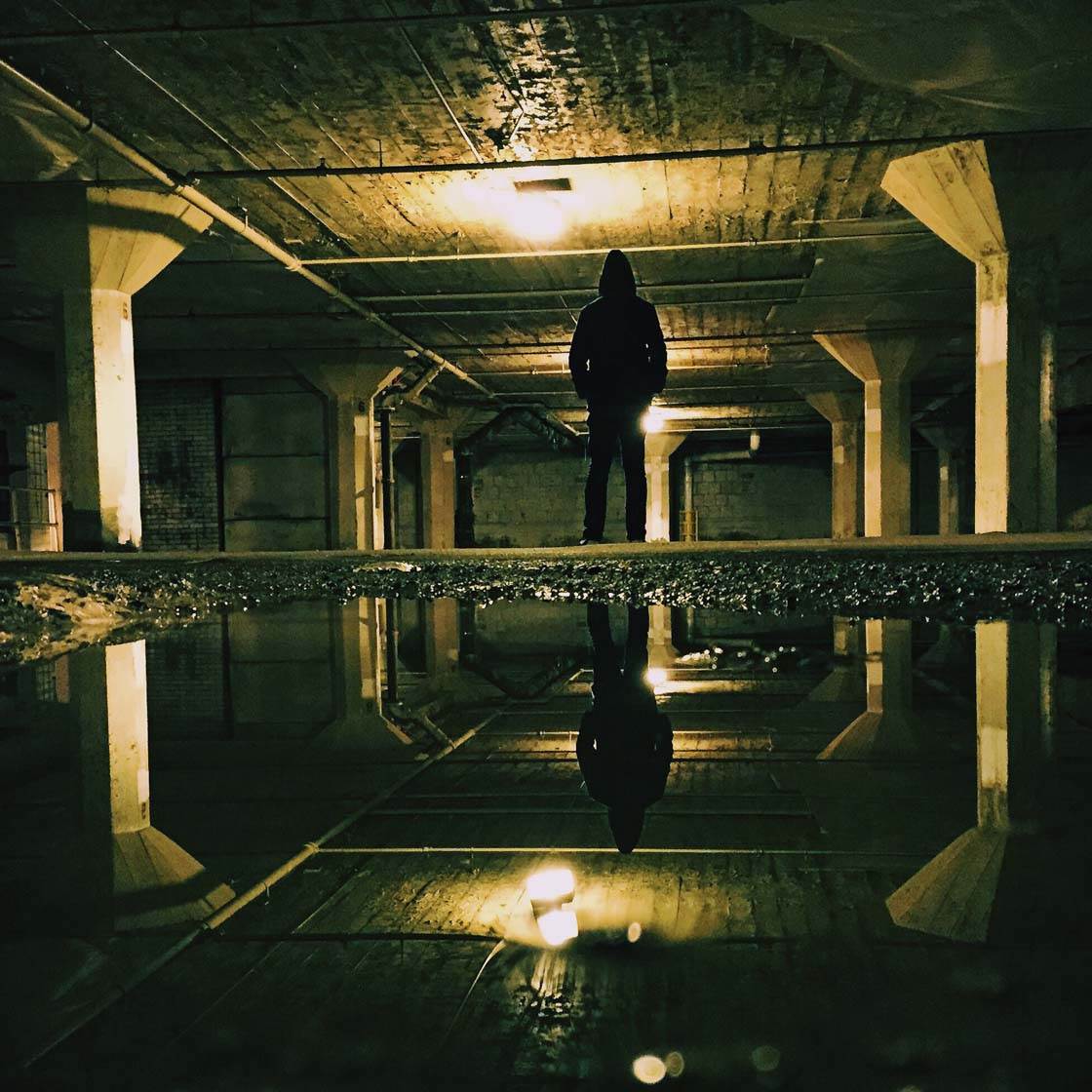
Tell us a little bit about yourself.
I live in Denver, CO, USA where I was born and raised. I work as a florist and do social media for a local skin care company for a living. I’m also working on a new charity project with kids and mobile photography that I’m planning to announce soon.
I believe I received my first camera as a gift when I was six or seven years old. It was a Kodak Instamatic, of course.
My mom would drop the film off at the grocery store every Sunday and pick up the previous week’s roll. It was the highlight of my week. Most of my photos were of my playmates, my bike and my parakeet.
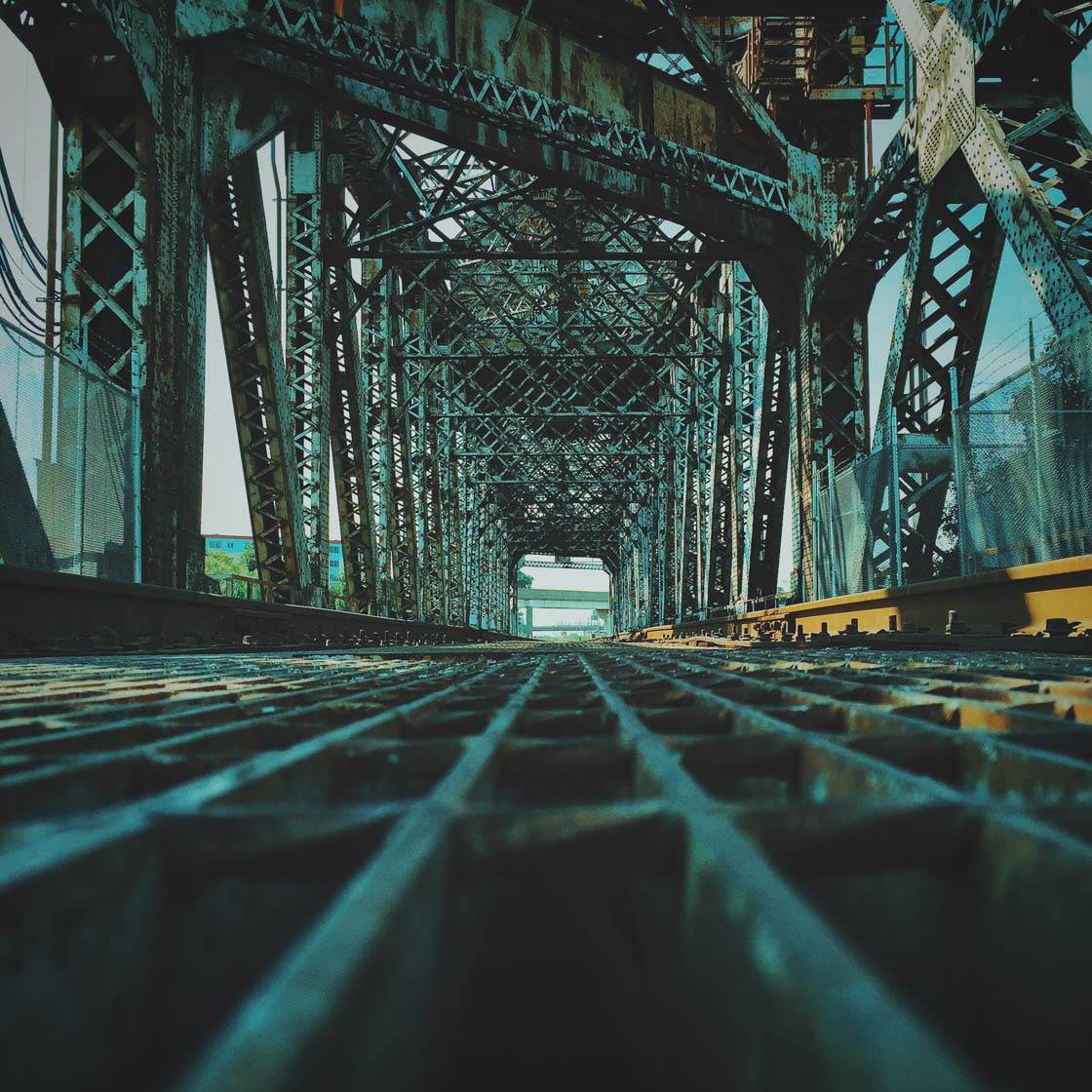
I took a couple of photography classes in high school. We had manual Olympus cameras and shot on black and white film that we developed ourselves.
I loved being in the dark room with the red light and the smell of the chemicals. I still have a couple of those prints. They actually weren’t too bad.
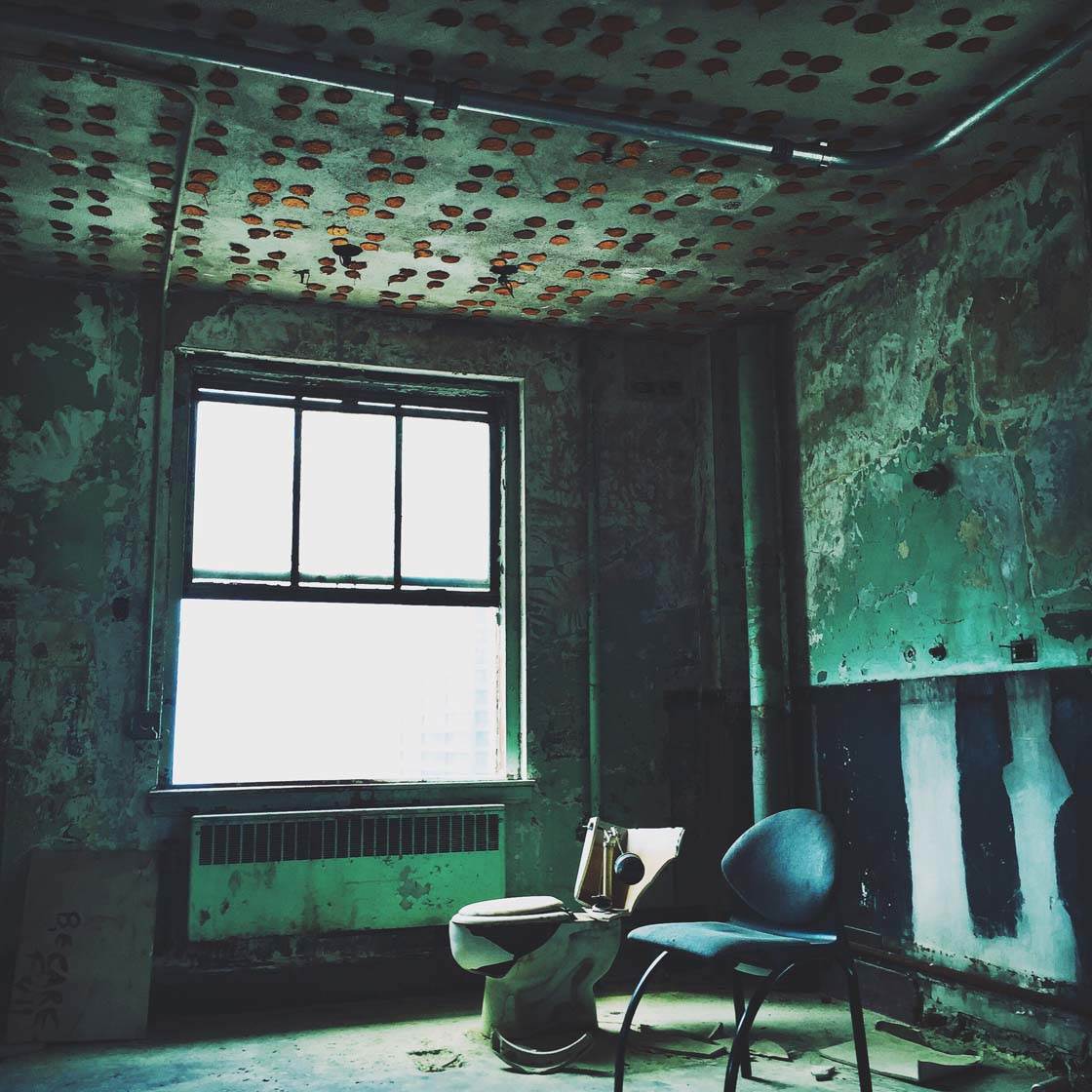
I’ve always owned a camera of some kind. I have eight photo albums with shots of my son between his birth and 3rd birthday.
I used to take my camera to the dance clubs and take photos of my friends. I’d do these crazy edits in Photoshop and post them on Myspace and a local chat site that we all participated in.
I look back and laugh at the highly saturated, over-exposed edits, but I learned a lot about editing during that time.
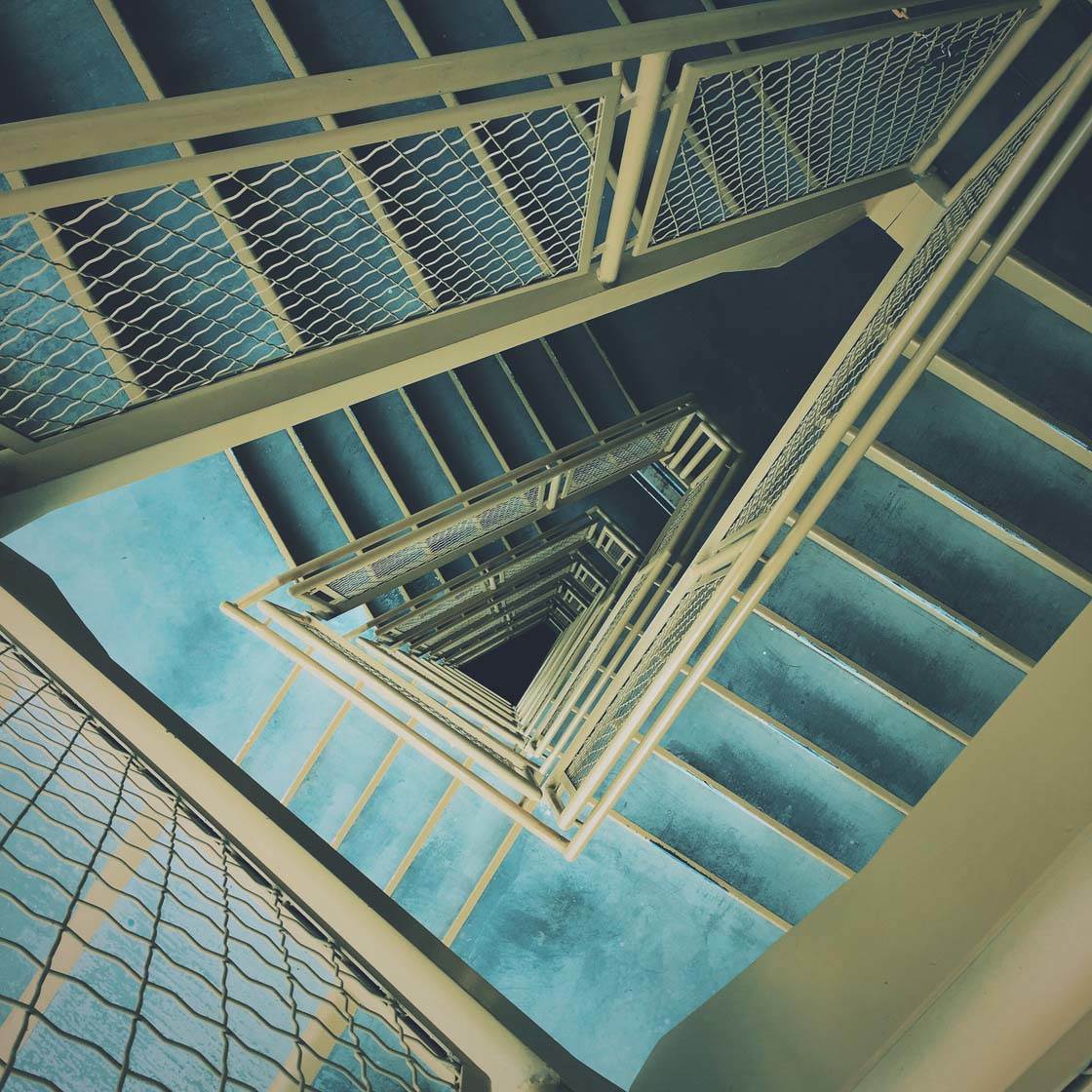
How did your iPhone photography journey begin?
I discovered Instagram in April of 2012. At the time I had a cheap Android phone and realized very quickly the limitations of that platform as many photo editing apps were unavailable to me.
Within a couple of months I got myself an iPhone (4s at the time) and the rest is history, as they say.
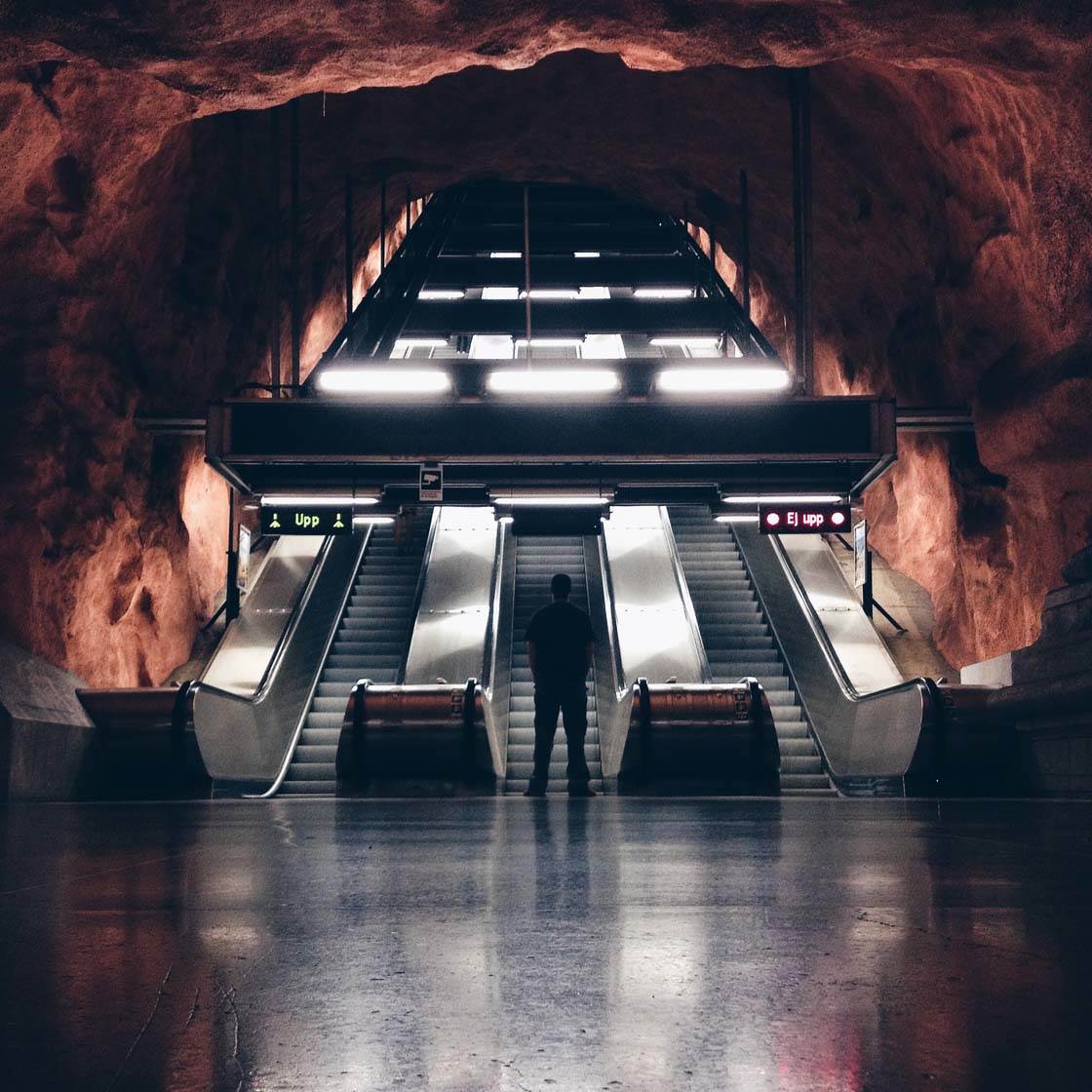
What inspires you to take photos with the iPhone?
I always have my phone on my person. It’s usually in the front or back pocket of my jeans. Occasionally, I’ll carry it in my purse, but it’s never out of my reach. This makes it very easy to shoot with.
I have many friends who have lots of camera equipment that they carry around with them, and I also see them struggle with their settings.
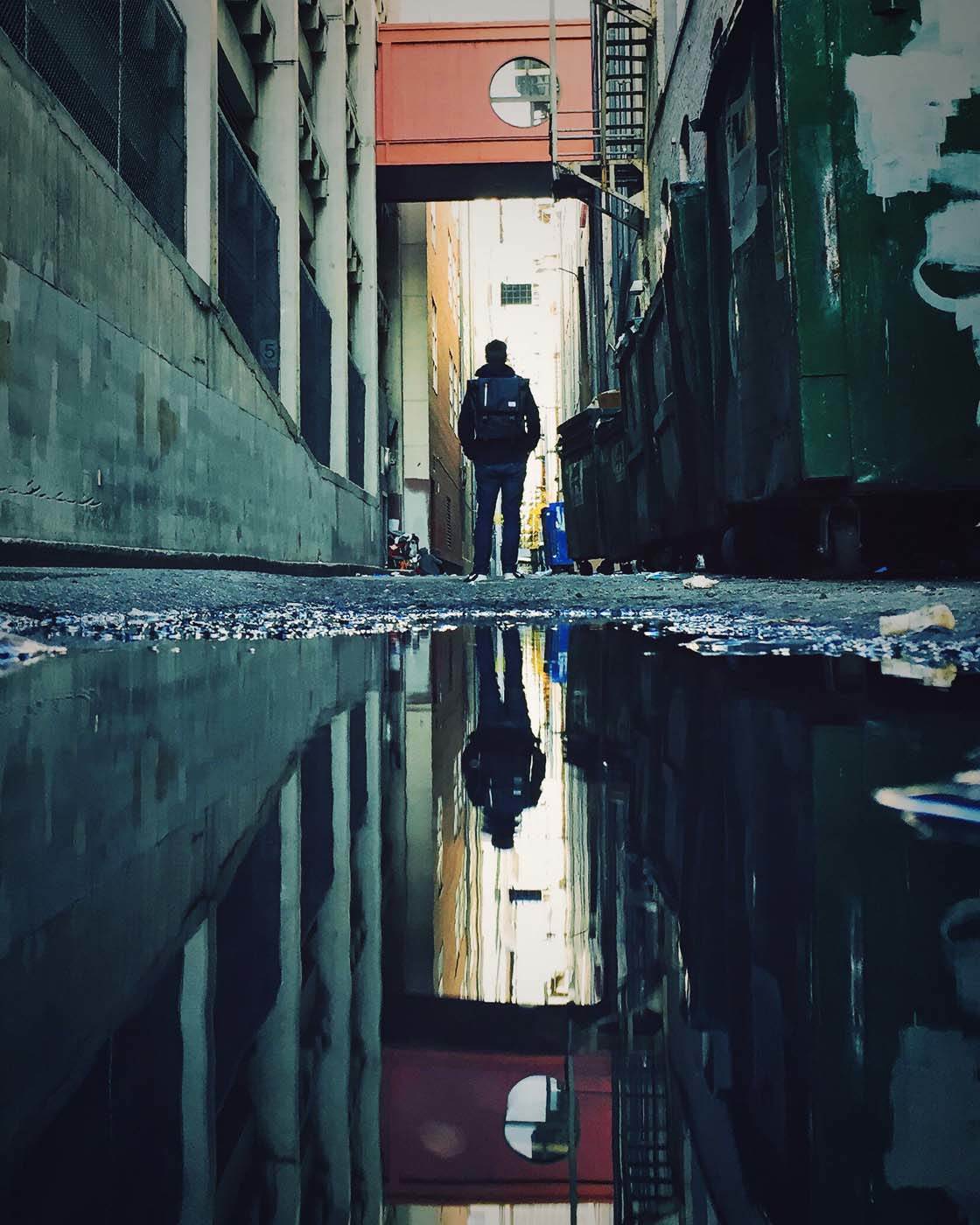
I often get the shot I want long before they have their tripods set up. My iPhone is easy, accessible and takes fantastic photos. Because of its size, it’s also much easier to take puddle and reflection shots.
Additionally, with a phone you can pretend to be doing something other than taking a photograph. This makes it the perfect tool for street photography.
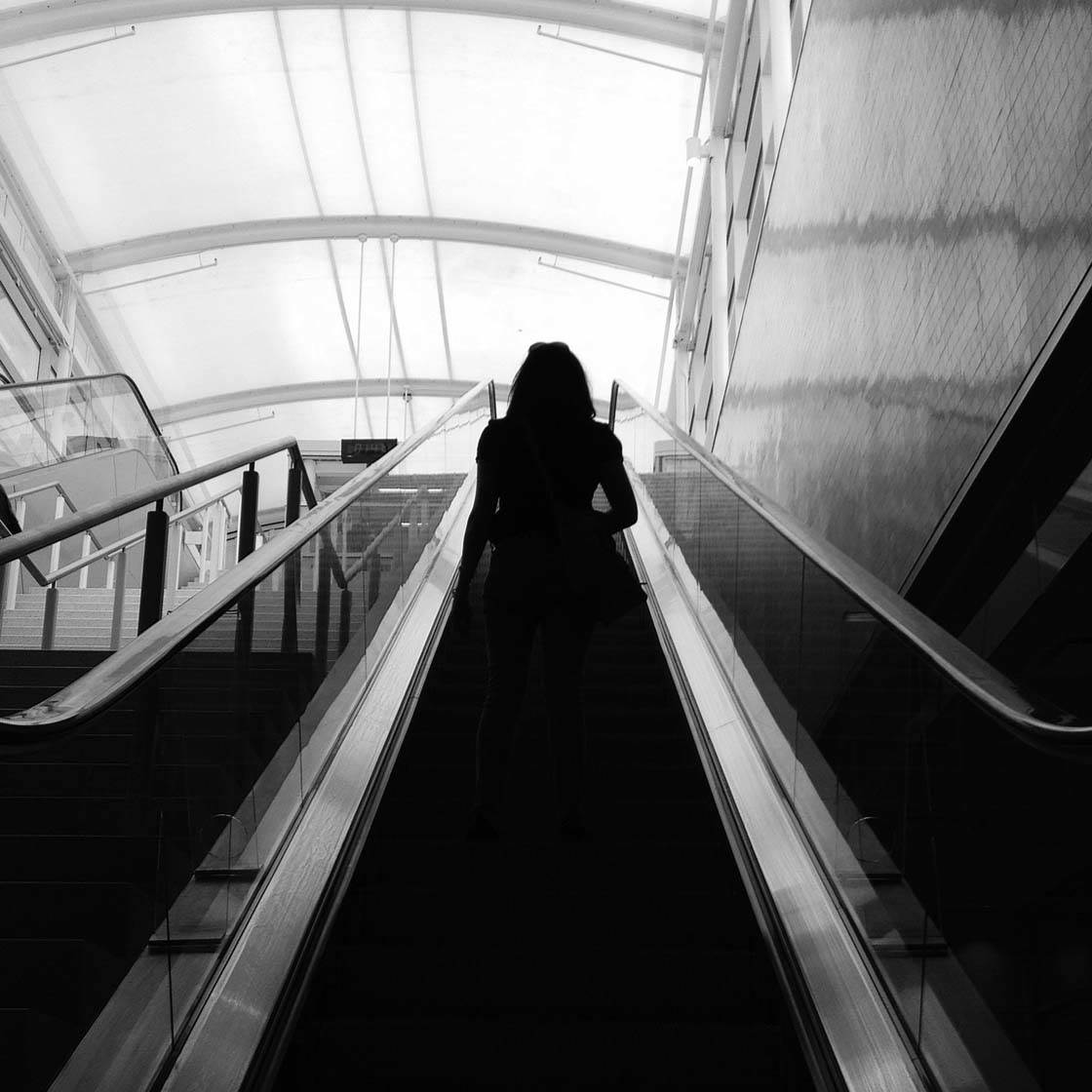
You mostly shoot in urban locations, capturing photos of architecture and street scenes. What draws you to this kind of photography?
I’ve always been a city girl. Looking back through some old photo albums recently, I noticed that almost all of my “vacation” photos were of buildings and street scenes.
I have shots from Chicago from more than 20 years ago that are not unlike the photos I took when I visited there this past summer. Lines, symmetry and depth are my favorite subjects.
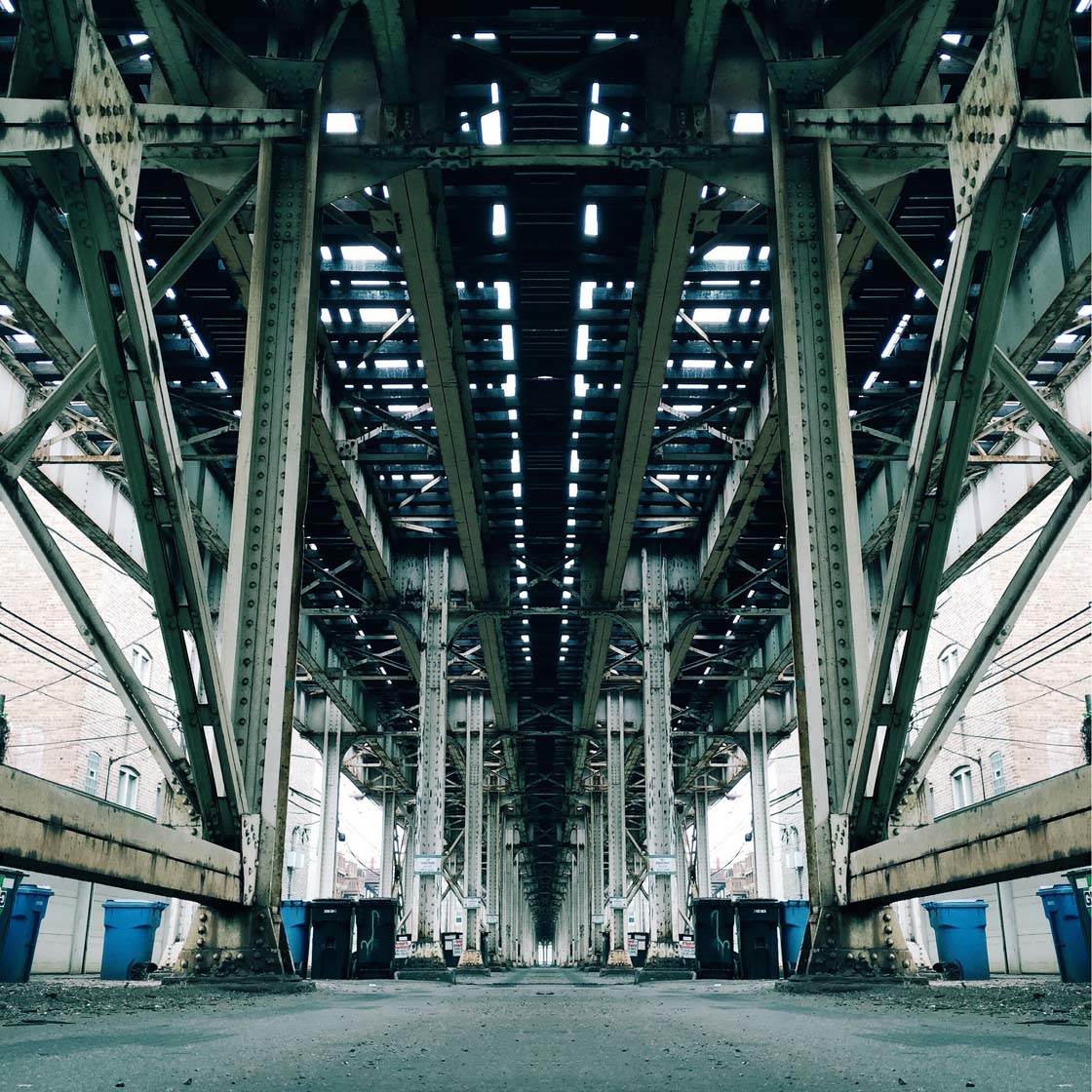
Cities are full of long streets, alleyways, bridges, skyscrapers, and trains which are all great sources for lines, symmetry and depth. You can find these in nature, too, but for me the city is more dramatic and more accessible.
You just mentioned that you often like to use symmetry in your compositions. What attracts you to this technique?
I think my love of symmetry comes from being a perfectionist. There’s something very satisfying about a square photo with four leading lines ending at a point in the center.
My favorite shots have almost always been deep, dark and symmetrical. (I think this is a reflection, no pun intended, of my inner self.)
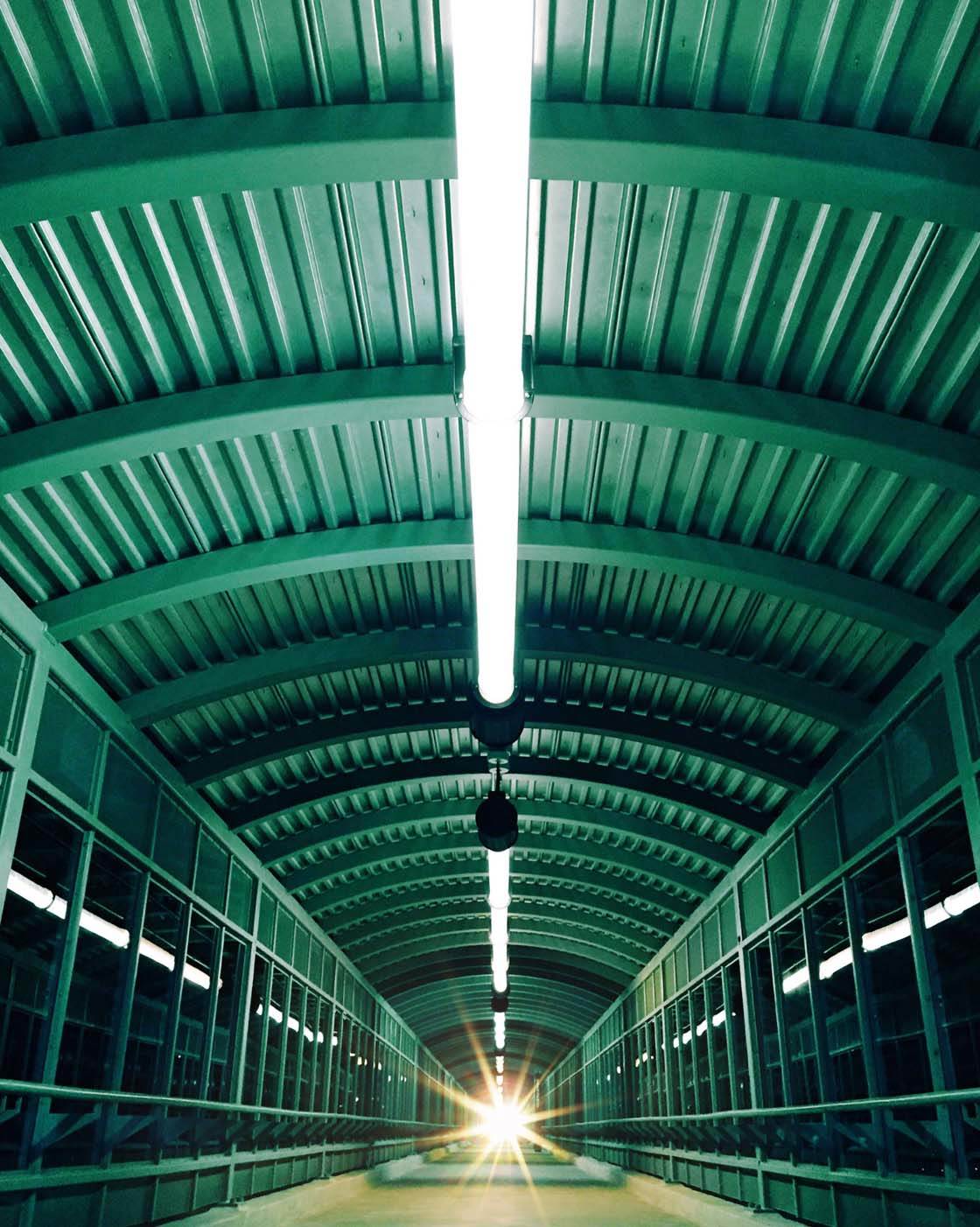
Most often I use “natural” symmetry or reflection symmetry for my photos, but occasionally I’ll use a mirror app to add drama or if I don’t like what’s happening on one side of a depth shot.
However, I never, ever use an app for reflection or puddle shots. This has always been something of a no-no for me personally and I can spot a “fake” reflection shot a million miles away.
Puddleography is something that’s fascinated me for a long time on Instagram, but it’s a technique I only recently mastered.
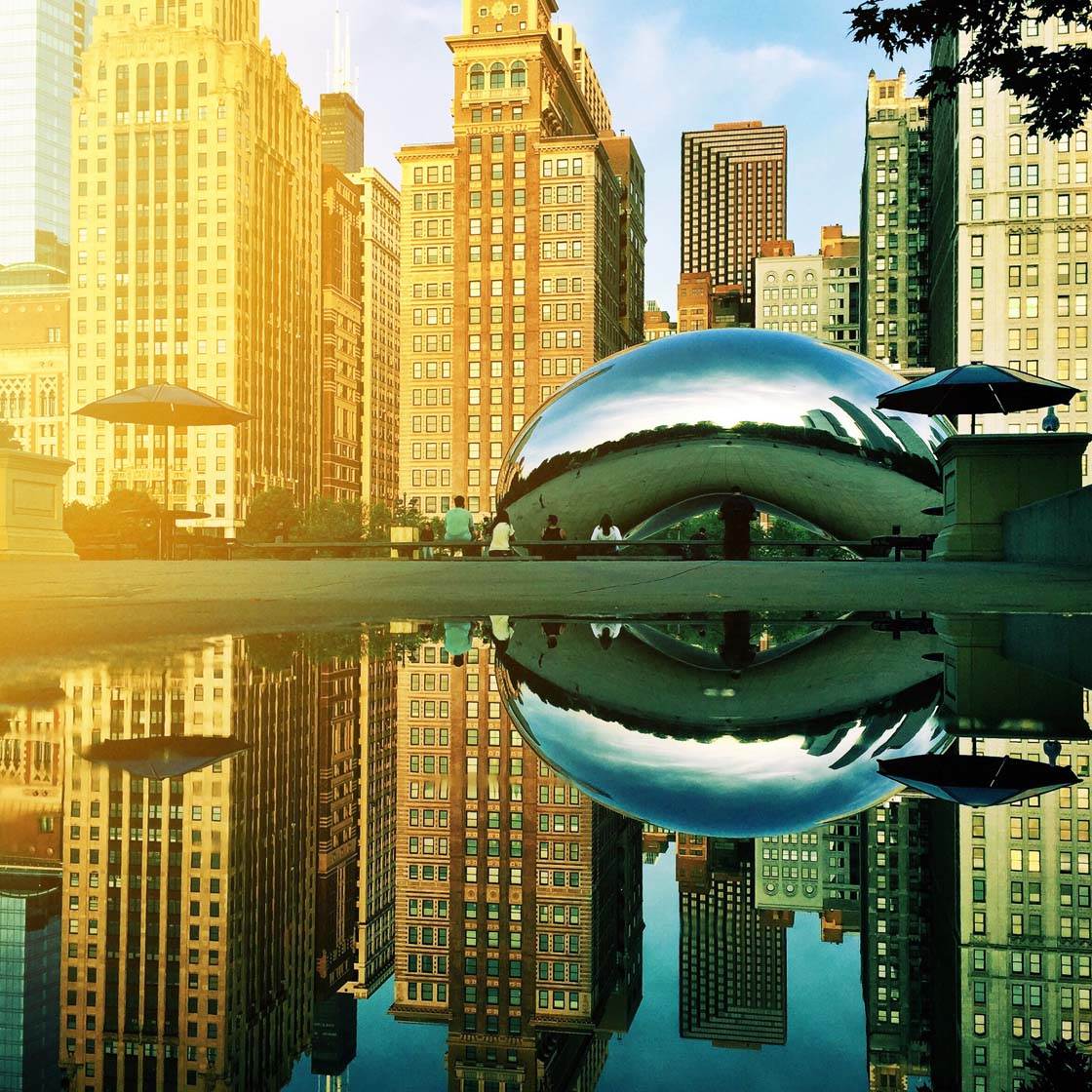
Puddle reflections add a whole new dimension to symmetry. Reflections in water aren’t a new concept, but I think that the puddle shot may be something unique to Instagram photography. It takes some direction and a lot of practice to do it well.
I spent last fall in Sweden and had someone who was a “puddle master,” as I refer to them, show me some tricks. With all of the rain in Stockholm, there were plenty of opportunities to get good puddle shots.
I live in Denver, CO where it rarely rains, and even when it does the streets are dry an hour after the rain stops. You have to constantly be on the lookout for good puddles.
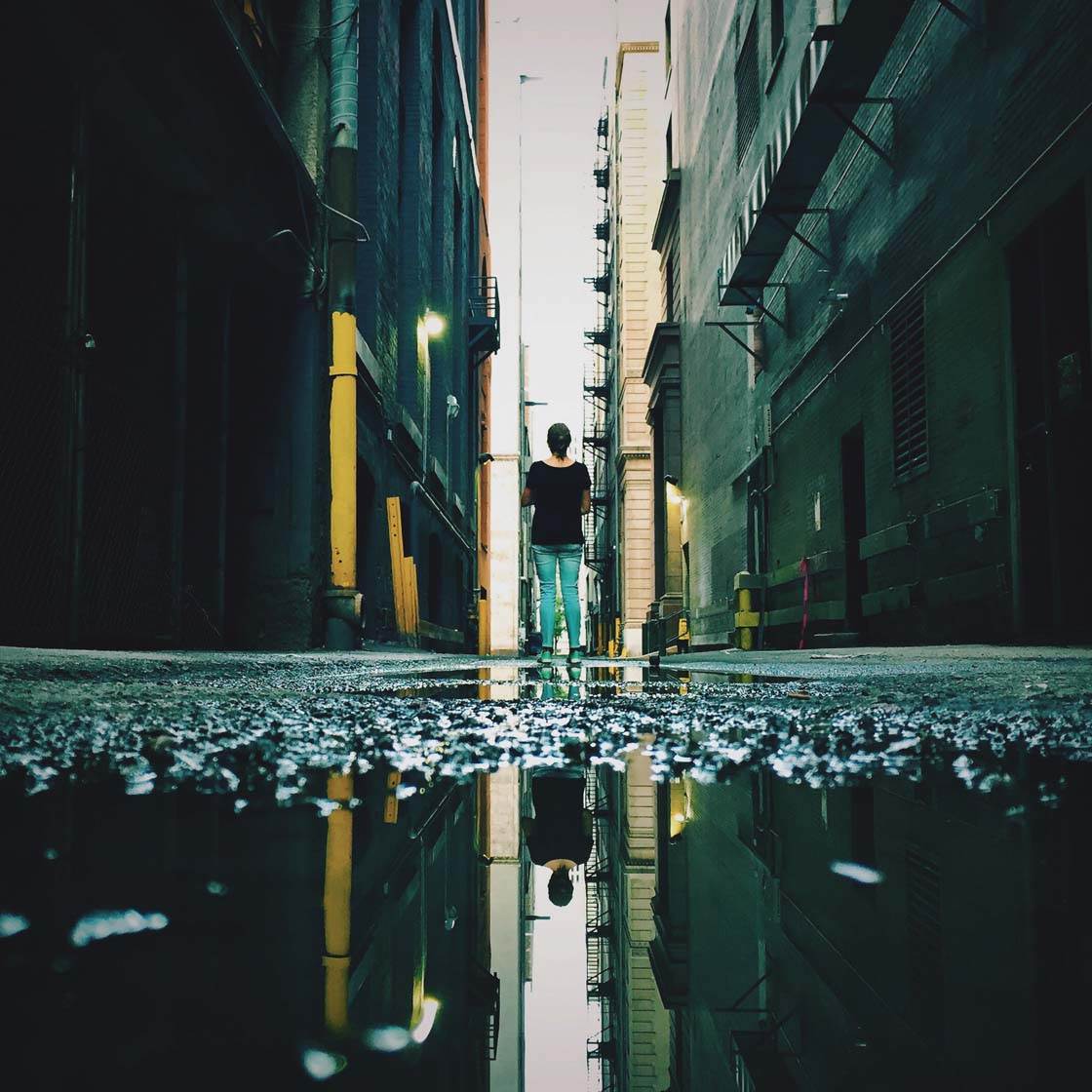
I find most of them in the alleys in the downtown area. Alleyways are great for darkness and depth, so when you find a good puddle, even if it’s dirty and full of trash, you get the symmetry as well.
Shooting in urban locations can be challenging because of the busy environment. What tips do you have for capturing clean and simple photos in busy cities?
To be honest with you, I rarely shoot in the city when it’s busy. I prefer to shoot in the evening or early morning when there aren’t as many people around.
I’m not what I consider a “street” photographer. I don’t have many shots of people in my repertoire. There are many, many people who I admire that do it well, but it’s not my thing.
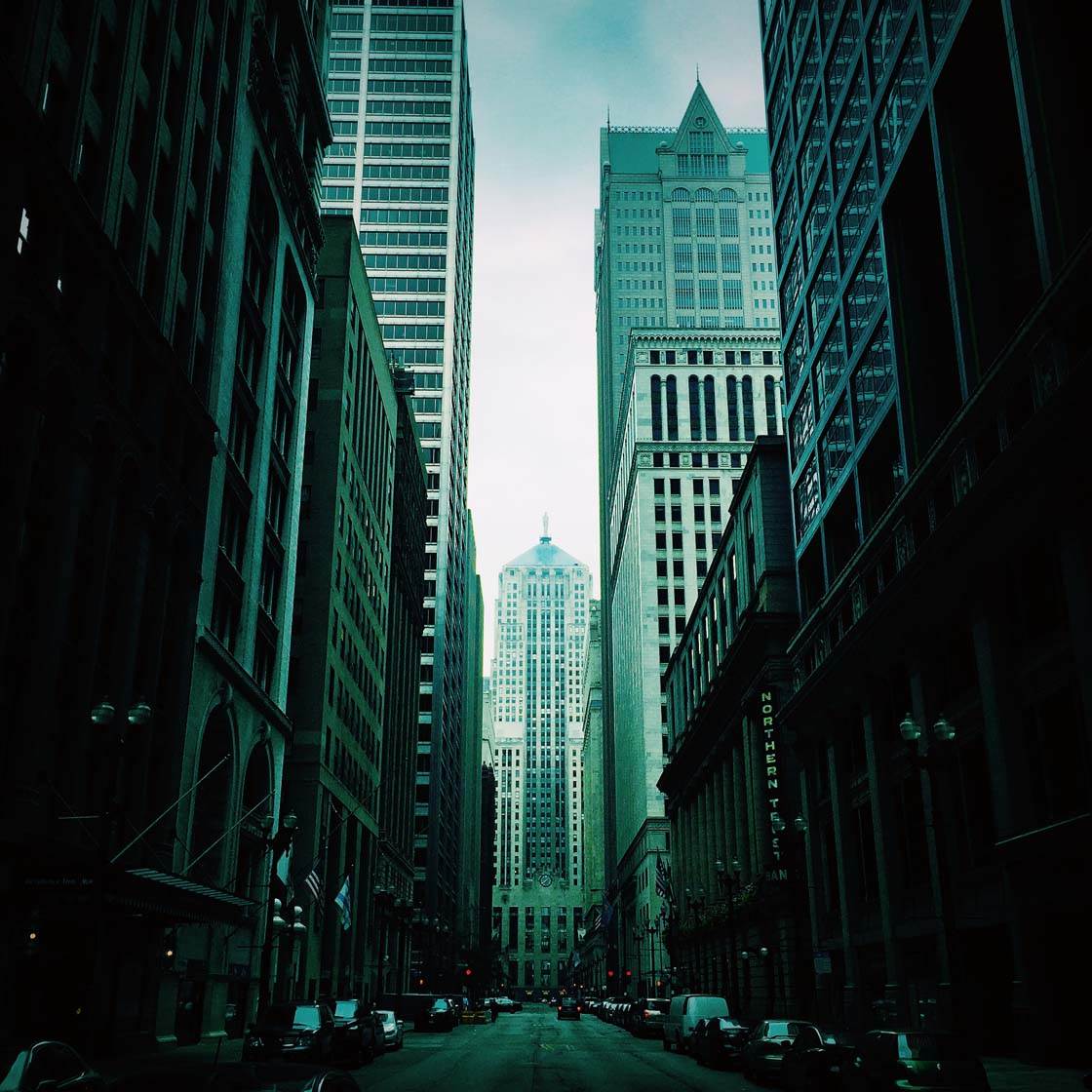
Most of the shots I have of people are staged, or of one “busy stranger” who happened to walk into the frame. I spend a lot of time waiting for people to leave my frames, rather than fill them. I also spend a lot of time waiting for cars and buses to go by.
I prefer to shoot cities from up above where you don’t see all of the people, or empty places like bus or train stations.
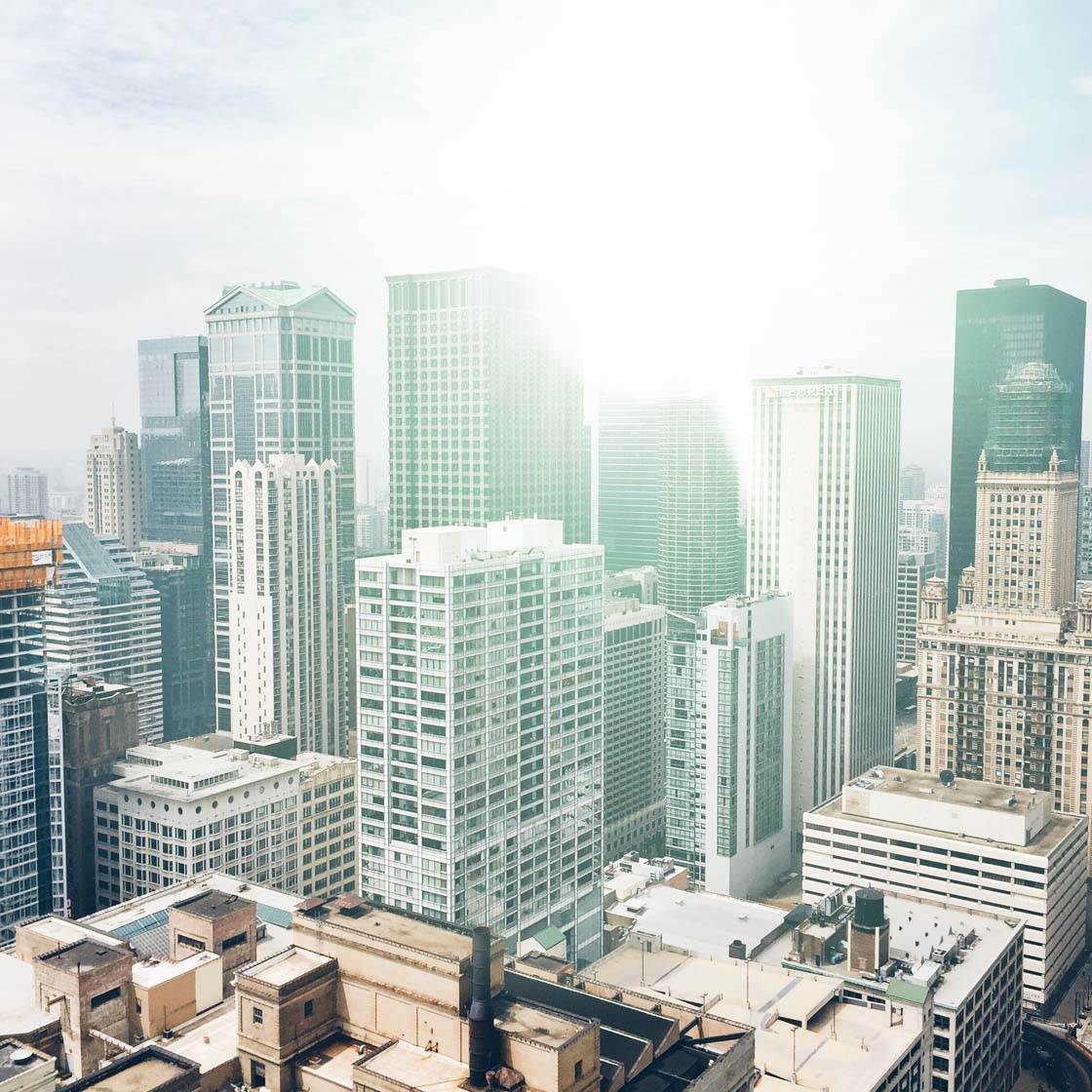
Originally all of my photos were “minimal” shots of buildings and architecture. People can add a sense of perspective to a shot, but it was well over a year before I started adding photos with people to my Instagram gallery.
I think the most important thing to learn about urban photography is patience, patience, patience.
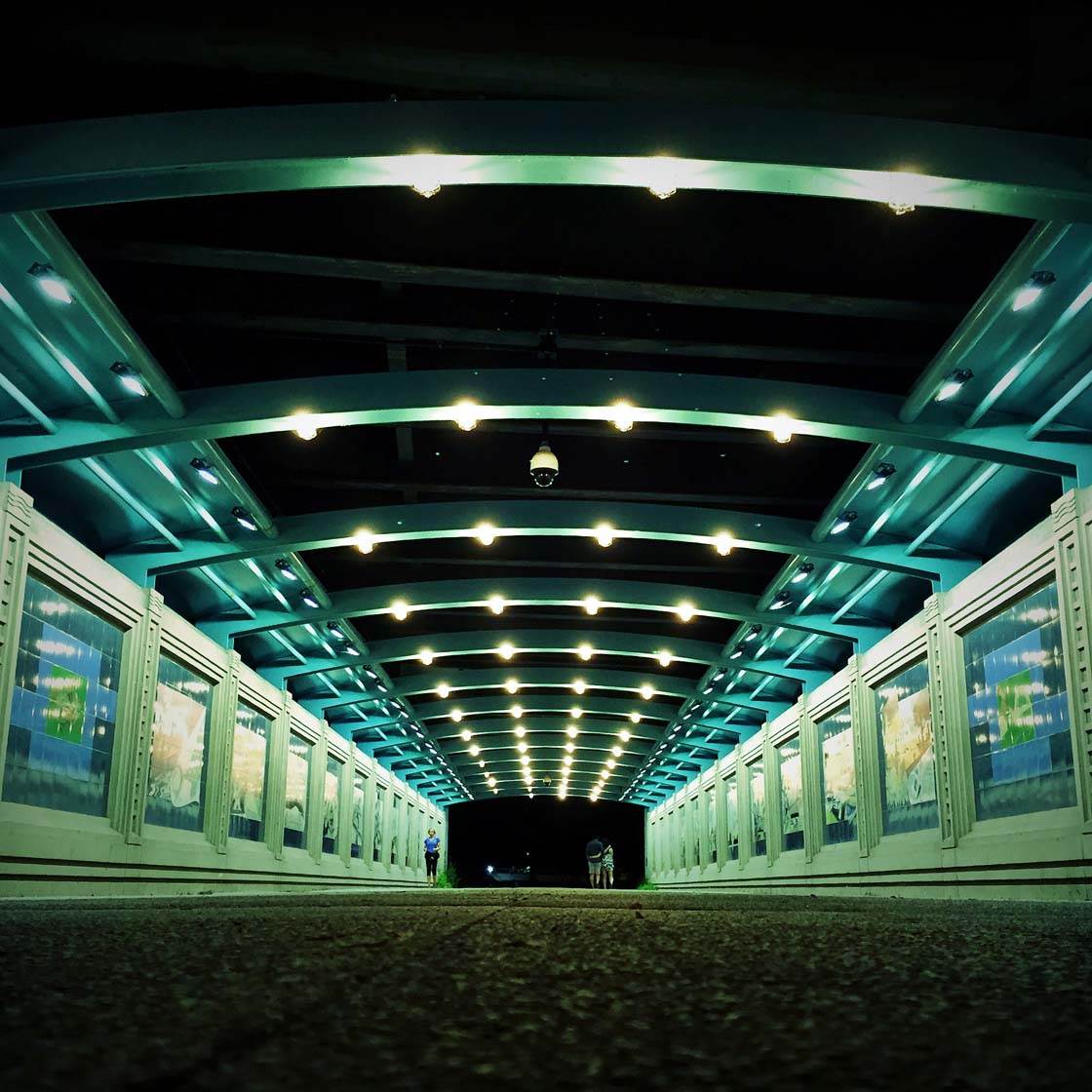
Apart from urban scenes, what else do you like to shoot with your iPhone?
I do like to shoot nature, as well as urban subjects, but nature shots for me are more luck than skill. In my opinion, nature photography takes a whole different level of photography skills.
Most of the nature shots in my Instagram gallery are from Sweden. I lived there for three months last year and had the opportunity to see some unbelievably beautiful places.
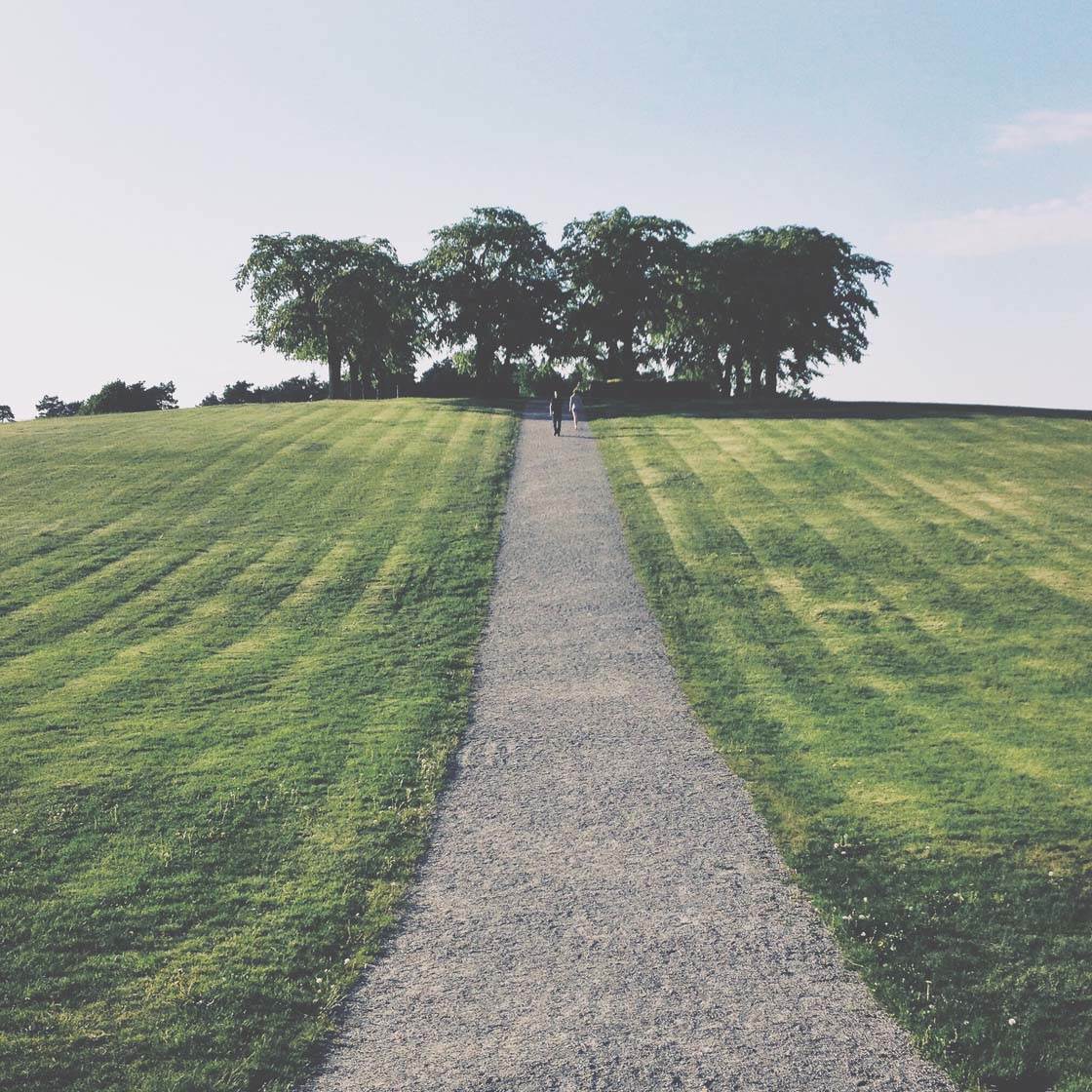
I have hundreds of photos of forests, beaches and the sea. I post one every now and then to mix things up or if I’m feeling nostalgic.
I live across the street from the biggest public park in Denver. I love to practice my slow shutter skills in the evening there with reflections in the lake of the sun setting over the mountains and skyline.
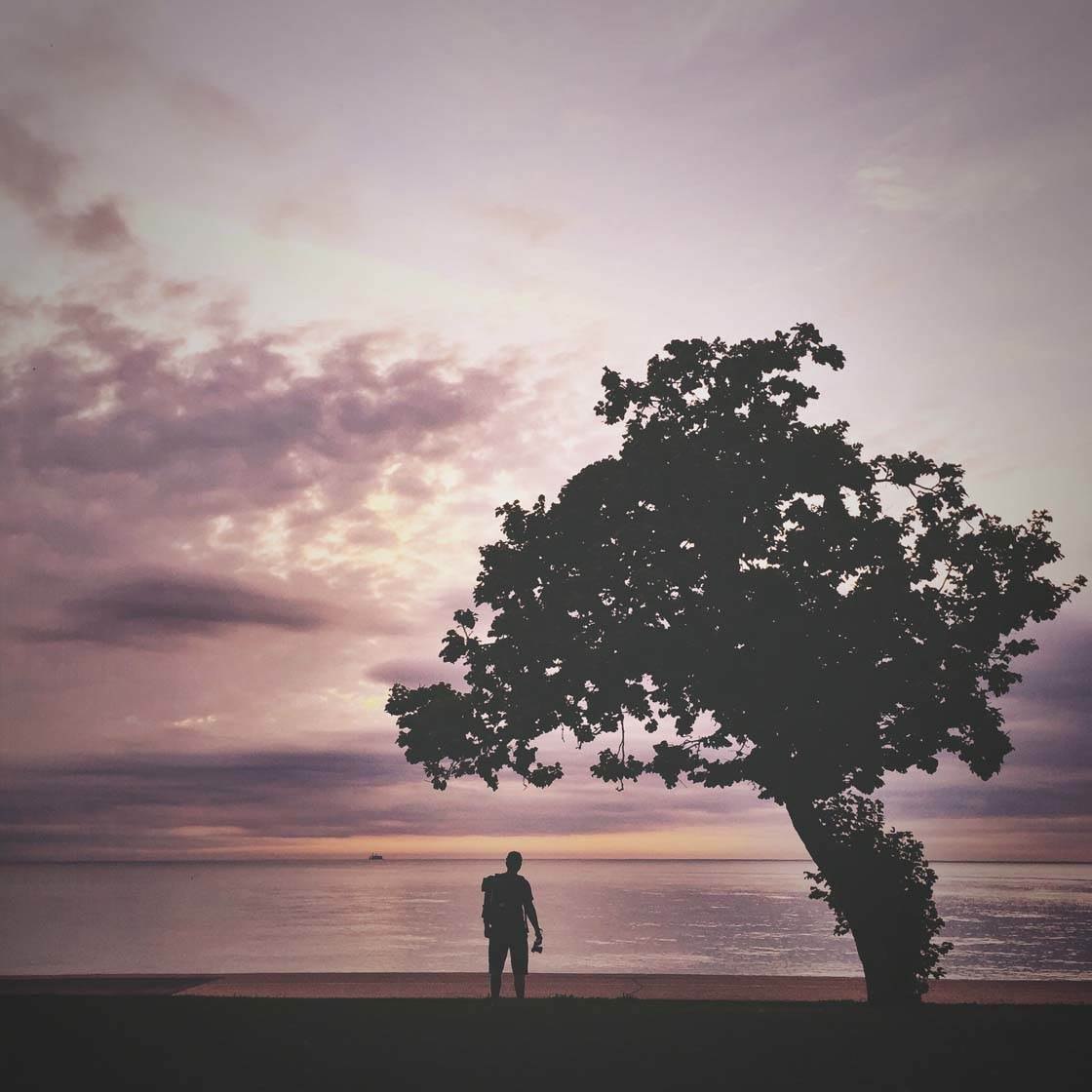
Occasionally, I can get a misty morning shot with the trees. The mountains are only an hour away, but I so rarely go up there. I see lots of nature shots that inspire me, but it’s rare that I can reproduce something I’ve seen.
A lot of your photos are shot in low light – either at night or inside dark buildings. What tips do you have for shooting great iPhone photos in low light conditions?
Using a tripod for iPhone is key. If I don’t have one, I’ll improvise by leaning my camera against something or propping it up with rocks to keep it steady.
On my first trip out to shoot with my new iPhone 6, I failed to realize that the tripod I had for my 4s wouldn’t fit. I ended up using rocks covered in goose poop to prop up my phone. It was gross, but I got a great shot and a good story out of it.
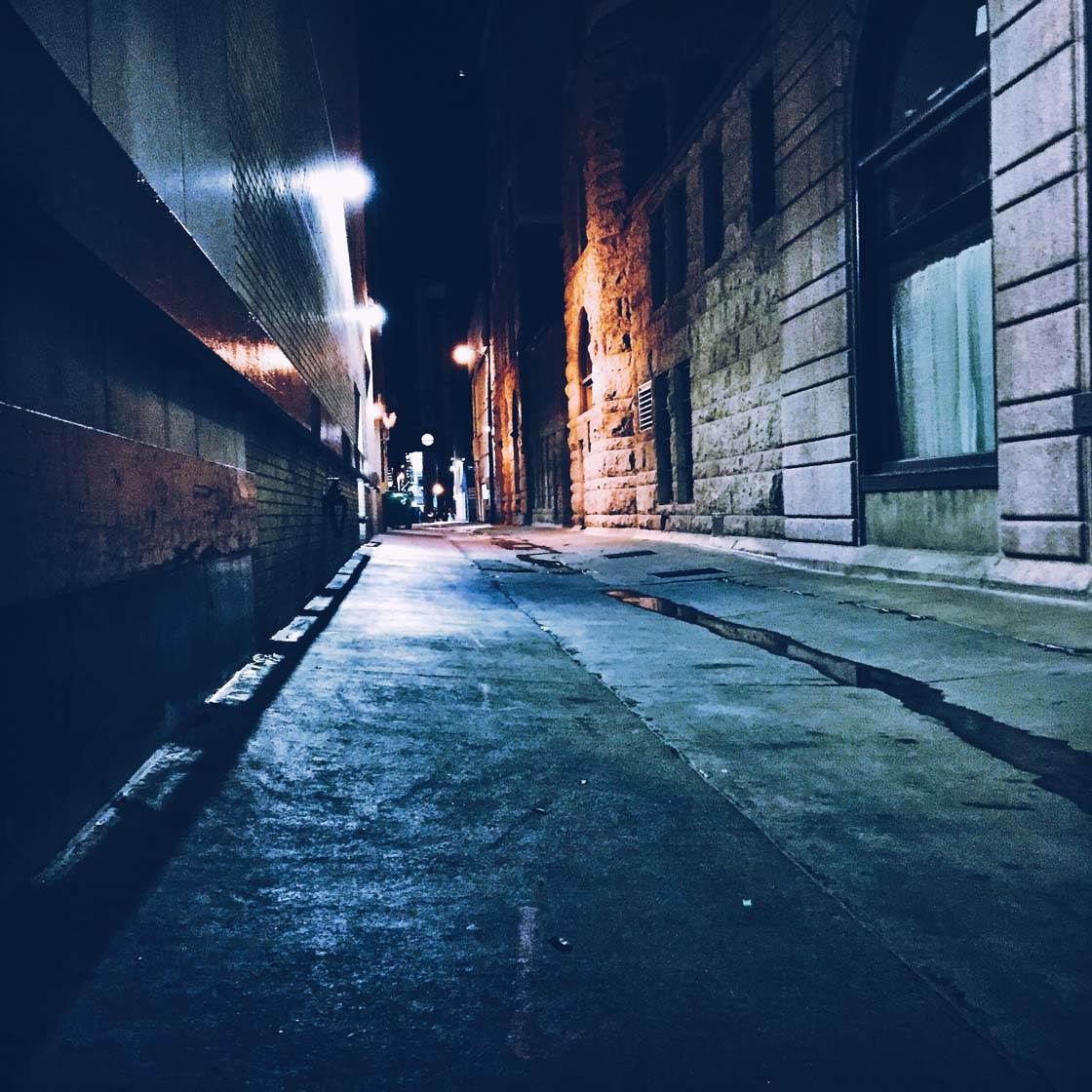
I use an app called Slow Shutter for long exposure shots. This is the best way to get photos of city lights at night, sunsets, etc. I also love the effect of long exposure on water and clouds.
Let’s talk about photo apps. Are there any apps that you use for taking photos besides the native camera app?
I shoot almost all of my photos with the iPhone’s native camera app. The only exception being long exposure shots for which I use the Slow Shutter app.
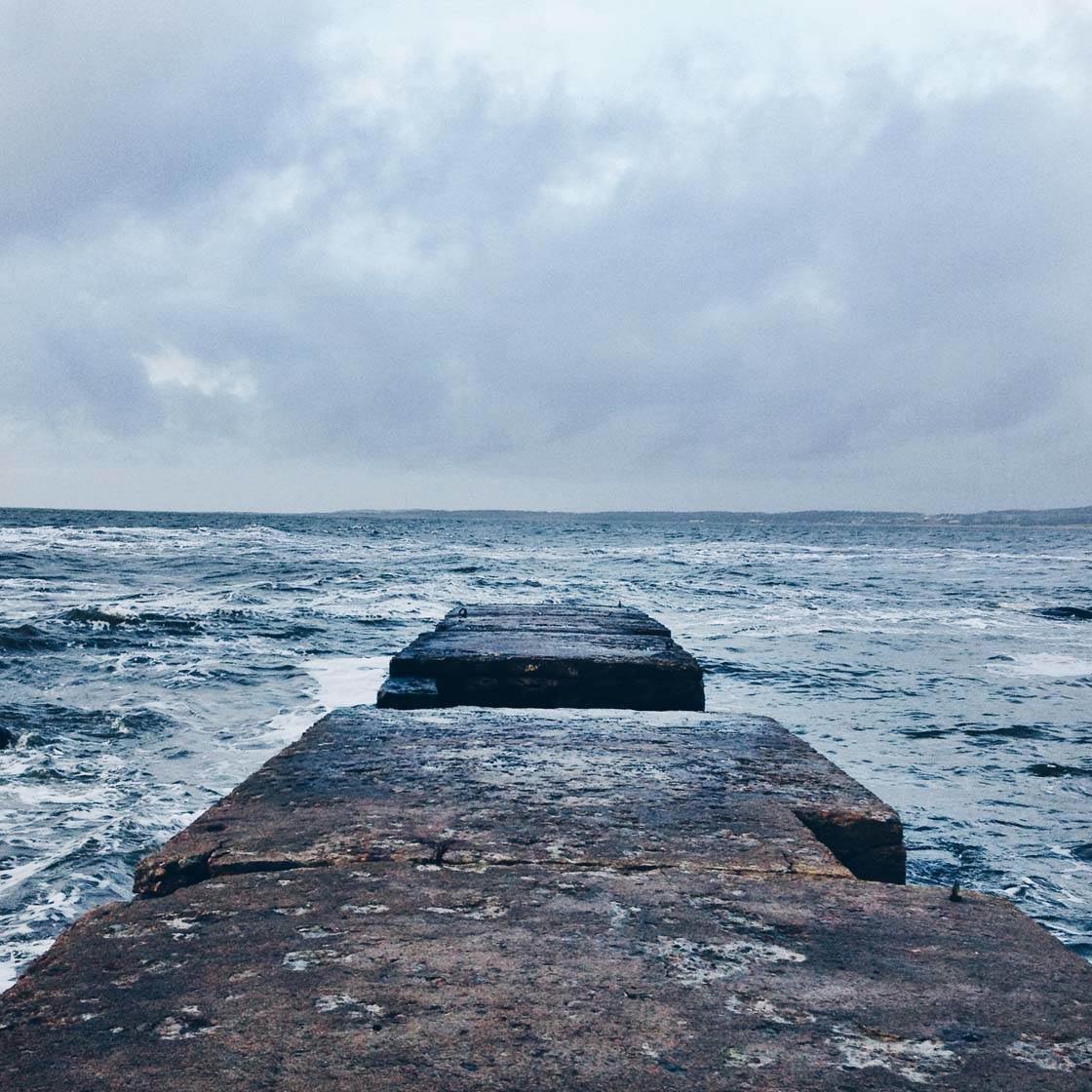
What are your favorite apps for post-processing?
All of the photos I’ve taken with my iPhone 6 are edited with the Afterlight photo editor. And about 98% are also edited with VSCO filters. Most of the photos taken with my 4s were edited with either Snapseed or Filterstorm and VSCO filters. I’m a VSCO app addict.
Occasionally, I use Lens Distortions which is an amazing app for adding light or fog effects. TouchRetouch is a great app for removing anything you don’t want in a shot, from people to electrical wires. I also use Diptic for mirror edits.
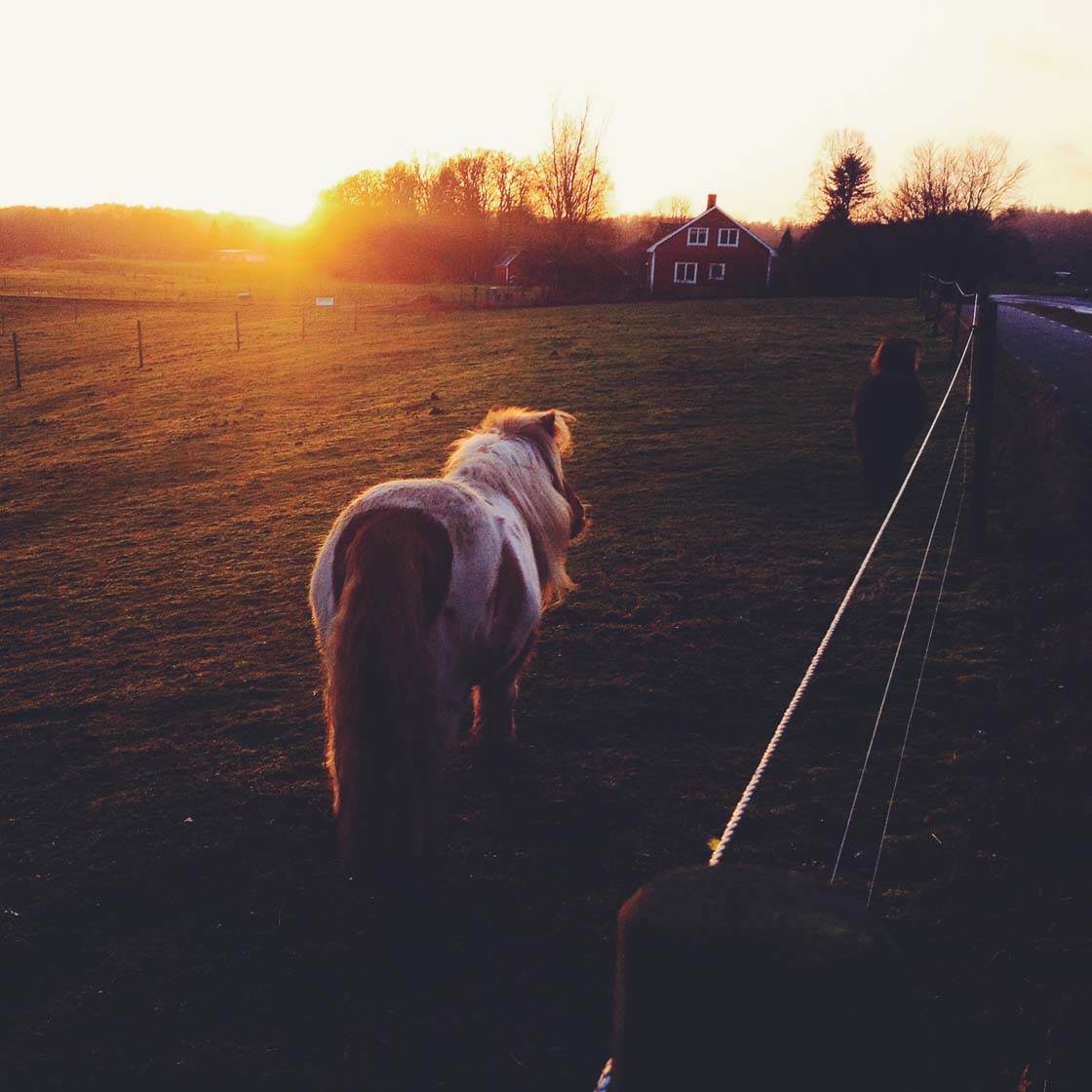
Do you use any iPhone photography accessories?
I recently won a fisheye and wide angle/macro lens from @insta.lens. I love the wide angle.
A friend gave me a Manfrotto tripod and two lenses for my birthday. I’m itching to try them out, but haven’t had the opportunity yet.
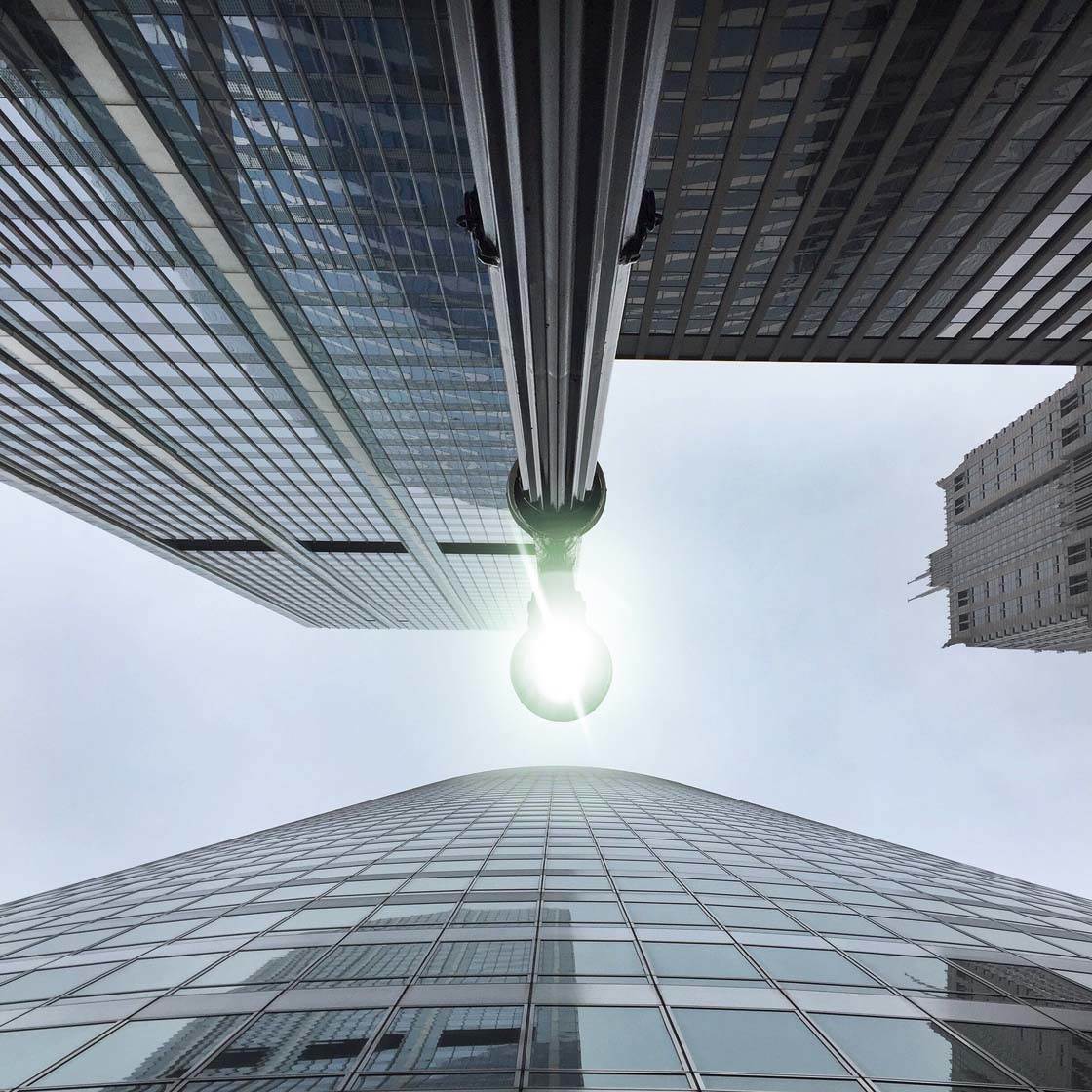
I have a cheap selfie stick that’s great for taking shots off the side of buildings or if I need some extra height. It also works as a tripod in a pinch.
Can you briefly explain the story and editing process behind your three favorite iPhone photos?
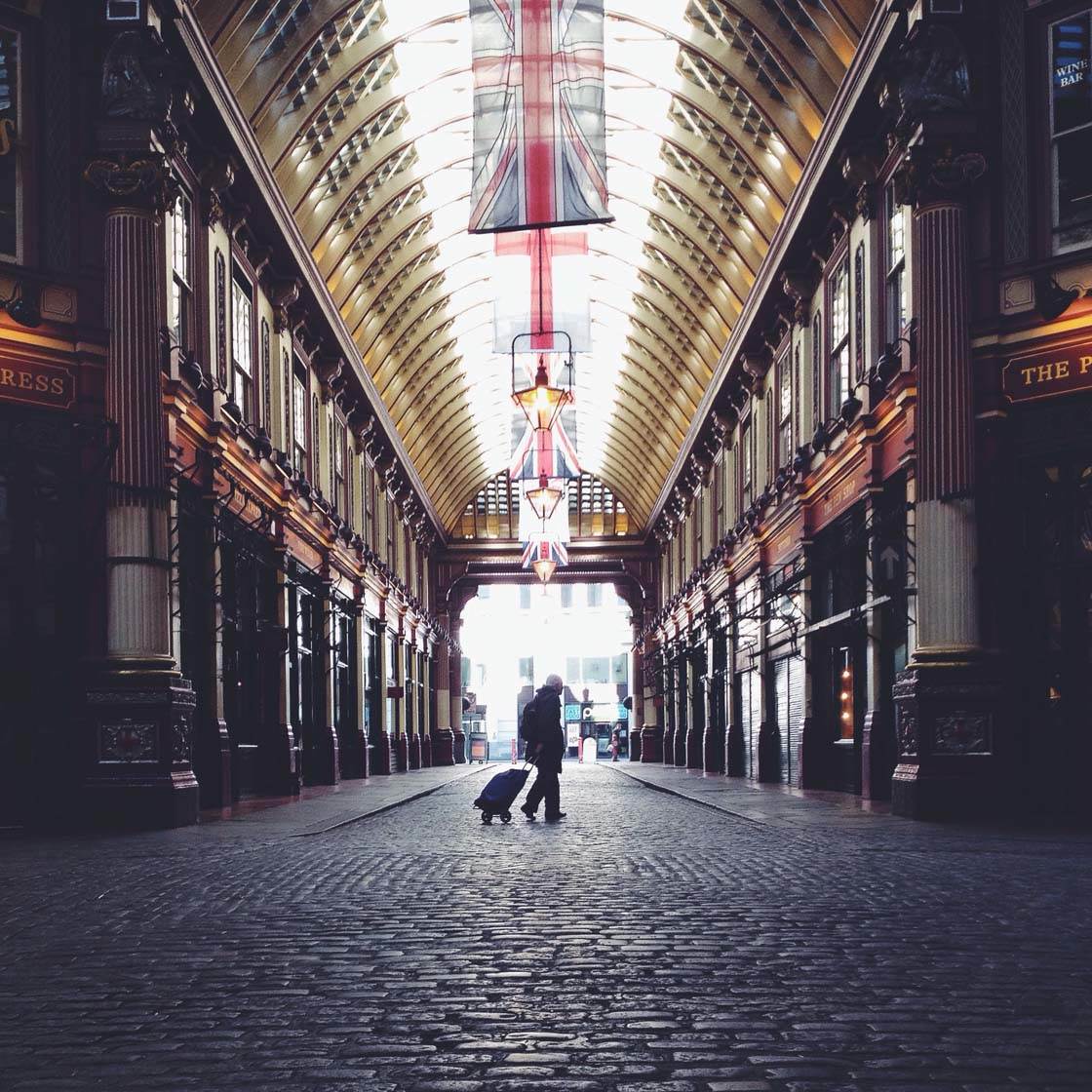
This shot was taken in London in Leadenhall Market very early on a Sunday morning. We were waiting for a few people to clear out, and just as they did this old man came through with his suitcase.
I was irritated that he was walking slowly as I wanted a shot of the market completely empty, but thankfully I kept shooting. This shot was far better than the shots with no people in them. It’s my personal all time favorite.
As is true with most of my photos, I shot this from a low angle. It was taken with my iPhone 4s and edited with Filterstorm and VSCO.
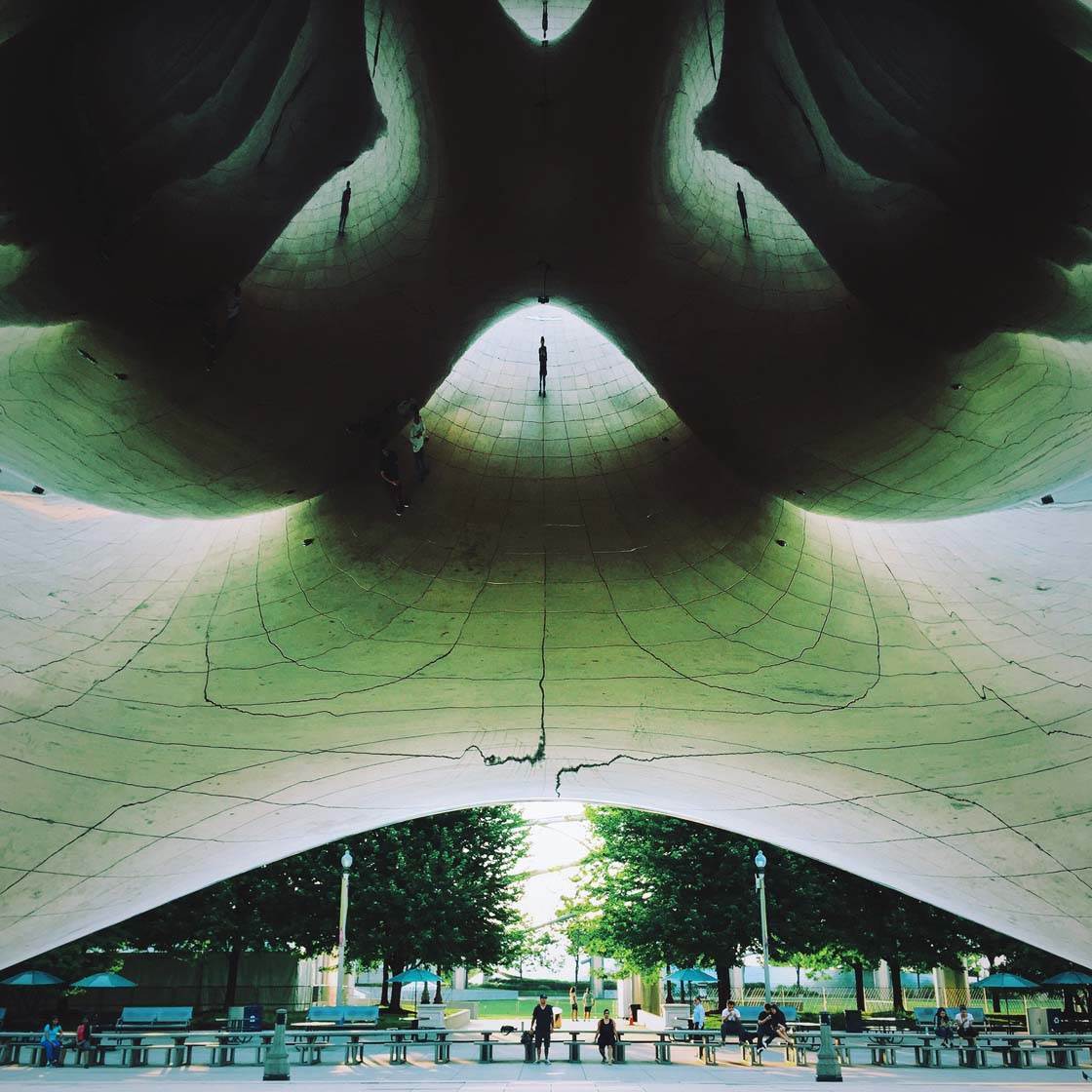
This shot was taken this summer in Chicago. We got up very early to shoot the sunrise over the lake, then headed to The Loop to shoot the empty city streets and the Cloud Gate, or “The Bean” as it’s more commonly referred to.
I never take selfies. I’m much more comfortable behind the camera. So this shot where I’m hardly visible is the perfect way for me to prove that I exist to my Instagram followers.
In the background are my (tiny) friends @edgilardon and @skapunkforever, and Chicago’s Millennium Park.
Since April or May of this year most of my photos are edited with a green hue. I’m not sure how or why this happened, but I tried it on a few photos and now it’s kind of “my thing.” This was edited with Afterlight and VSCO.
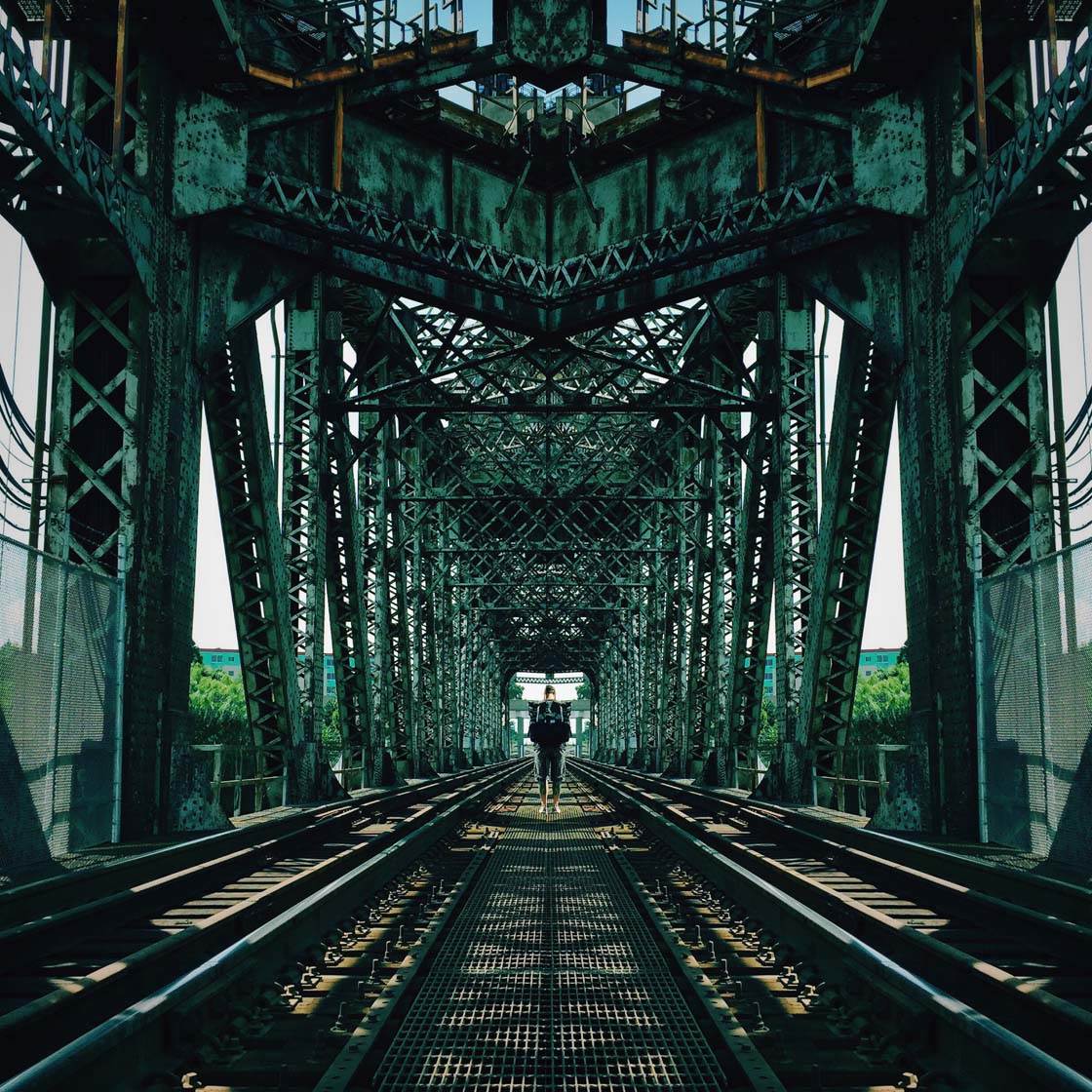
This is a “fake” symmetry shot taken in Chicago and it was edited with Afterlight, VSCO, and Diptic for the mirror effect.
There are so many things that I love about it… the insane number of lines, the symmetry, the shadows, the tones, the depth and the single figure (@edgilardon) in the distance. It’s so clean and so detailed. I love the crispness of the iPhone 6 camera.
Note from iPhone Photography School team: If you’d like to learn how to take amazingly clear and sharp photos with your iPhone, check out this fantastic video tutorial:
How To Take Perfectly Sharp Photos With Your iPhone
Once again there’s the green edit. I could look at it for hours. It’s currently the most liked photo in my gallery, so I guess it’s a favorite of my followers also.
Do you shoot with any other cameras?
I only have one photo in my gallery that wasn’t taken with an iPhone. I don’t remember what kind of camera was used. Collaboration photos with other photographers would be the only other exception.
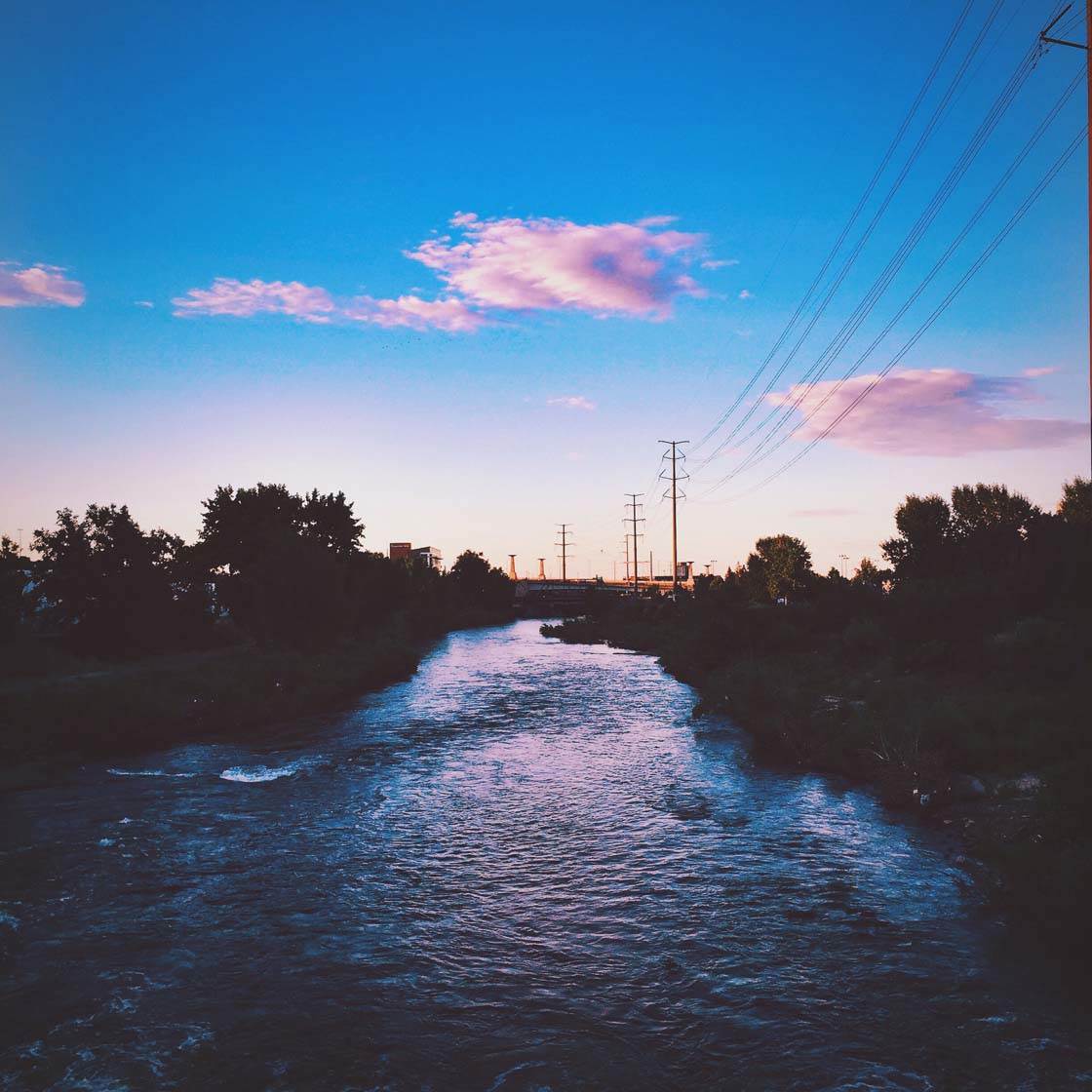
You’re an active user of Instagram. What does this online community mean to you and what effect has it had on your iPhone photography?
I’ve been on Instagram for 3 ½ years now (my original account @rakish_badger was deleted by me last fall). I can honestly say that it’s changed my life in powerful and significant ways.
Not only has Instagram affected me creatively, but I’ve met so many wonderful people that I would never have crossed paths with in any other way.
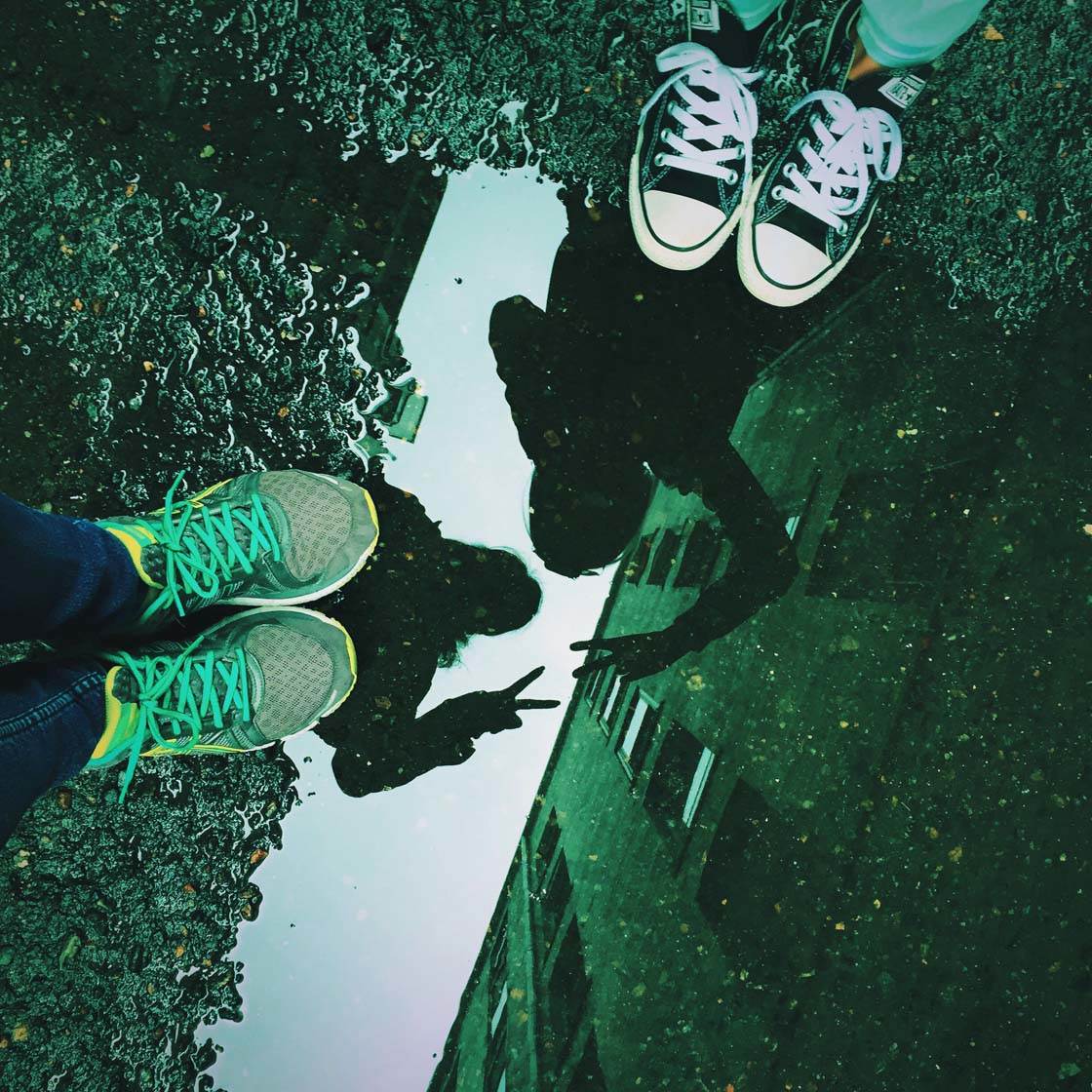
I created the @arkiromantix gallery with my friend @speropolis in January 2013. Through that gallery and hashtag I came into contact with people who were interested in architecture photography, both internationally and locally.
@speropolis and I began having photo walks here in Denver and we began meeting all kinds of great local Instagramers.
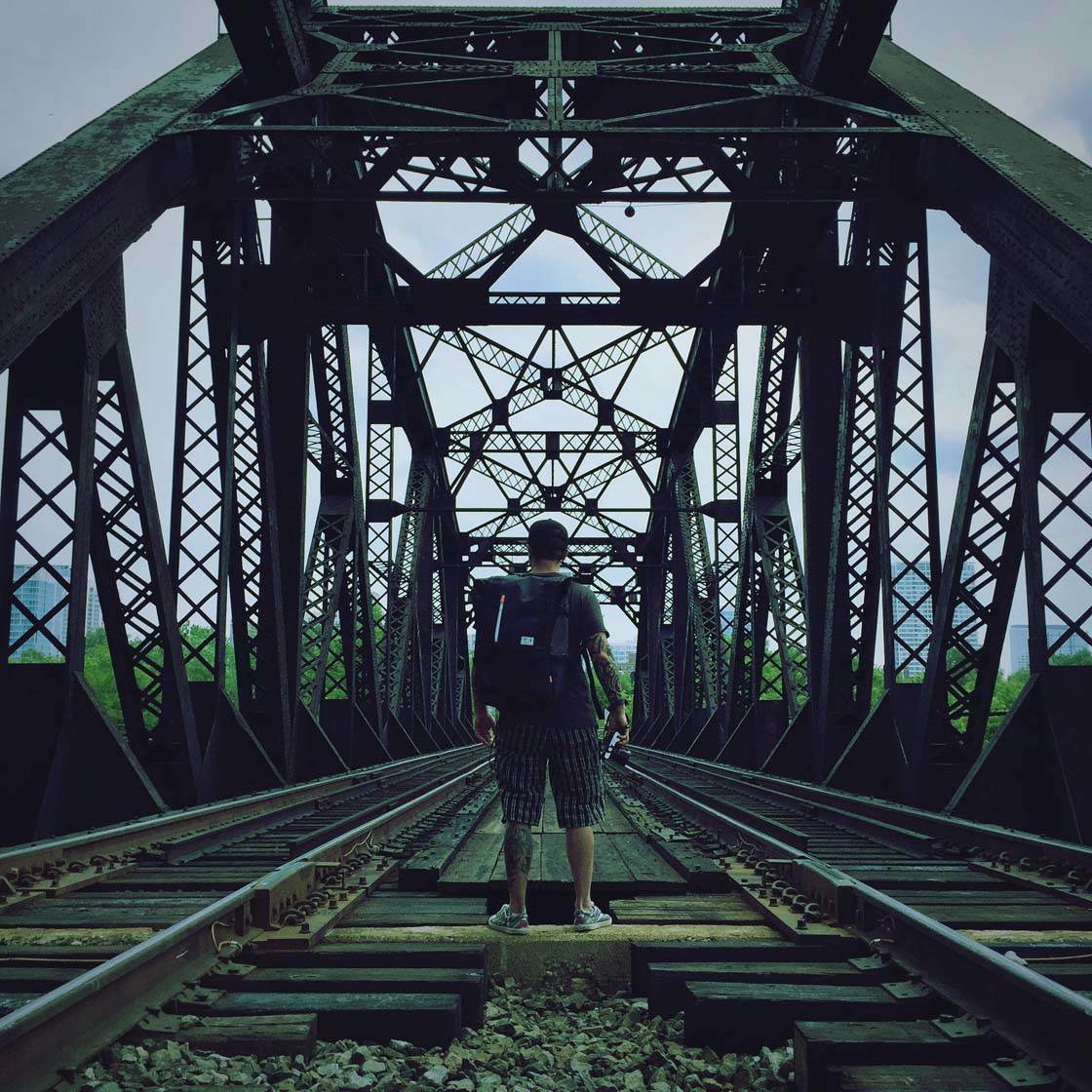
We created the @urbanromantix gallery in May of 2013 and that opened me up to a whole new world of urban and street photographers.
Since then, I’ve hosted meets in Chicago, London, Stockholm and Copenhagen. There are many other cities I hope to visit and I know that the people I follow on Instagram will happily come out and shoot with me. The Instagram community is a truly amazing thing.
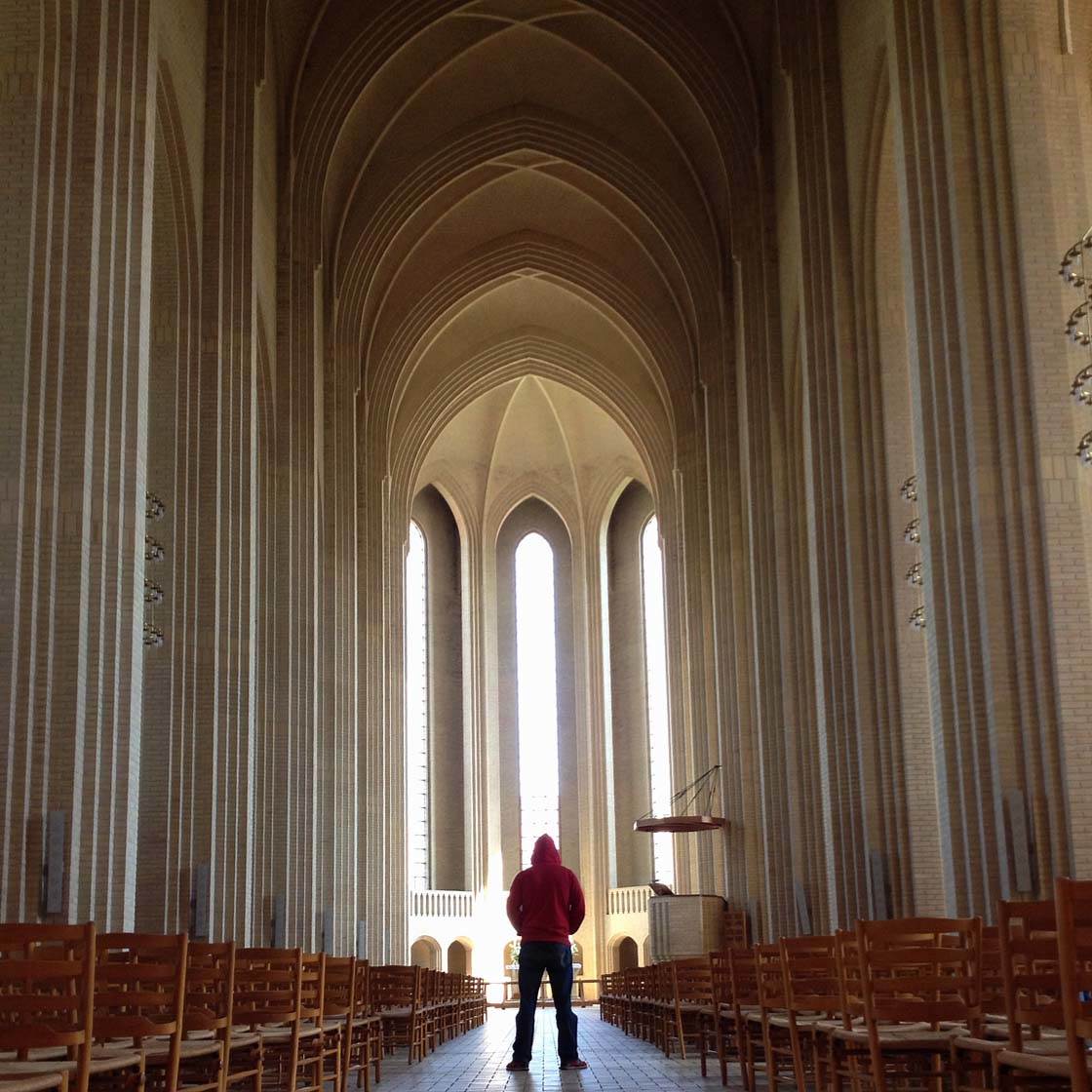
I’m currently working on a book of photos by @urbanromantix photographers that will be sold to raise money for a charity I’m creating.
Our mission is to build community and inspire creativity in underprivileged kids via mobile photography. I truly believe that we can change the world with photography and social media.
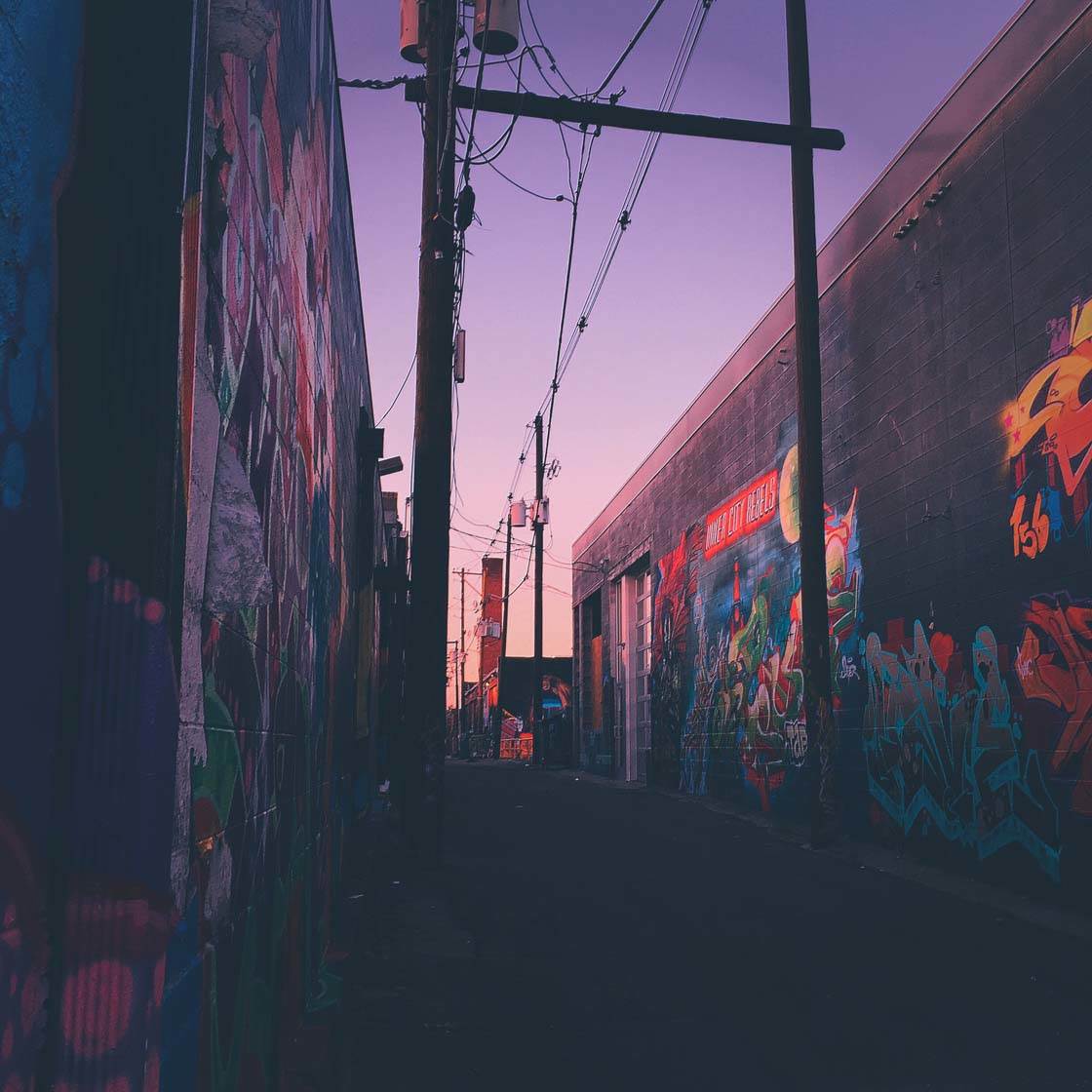
What tips do you have for beginner iPhone photographers who want to start taking more creative photos with their iPhone?
Don’t be afraid to experiment. Always take more than one shot of your subject. Practice, practice, and then practice some more.
Explore more. Your best shot may be behind you. Practice, practice and practice some more.
Be patient with yourself. Photography is a process and a journey. Don’t give up. Practice, practice, practice. Then practice some more.
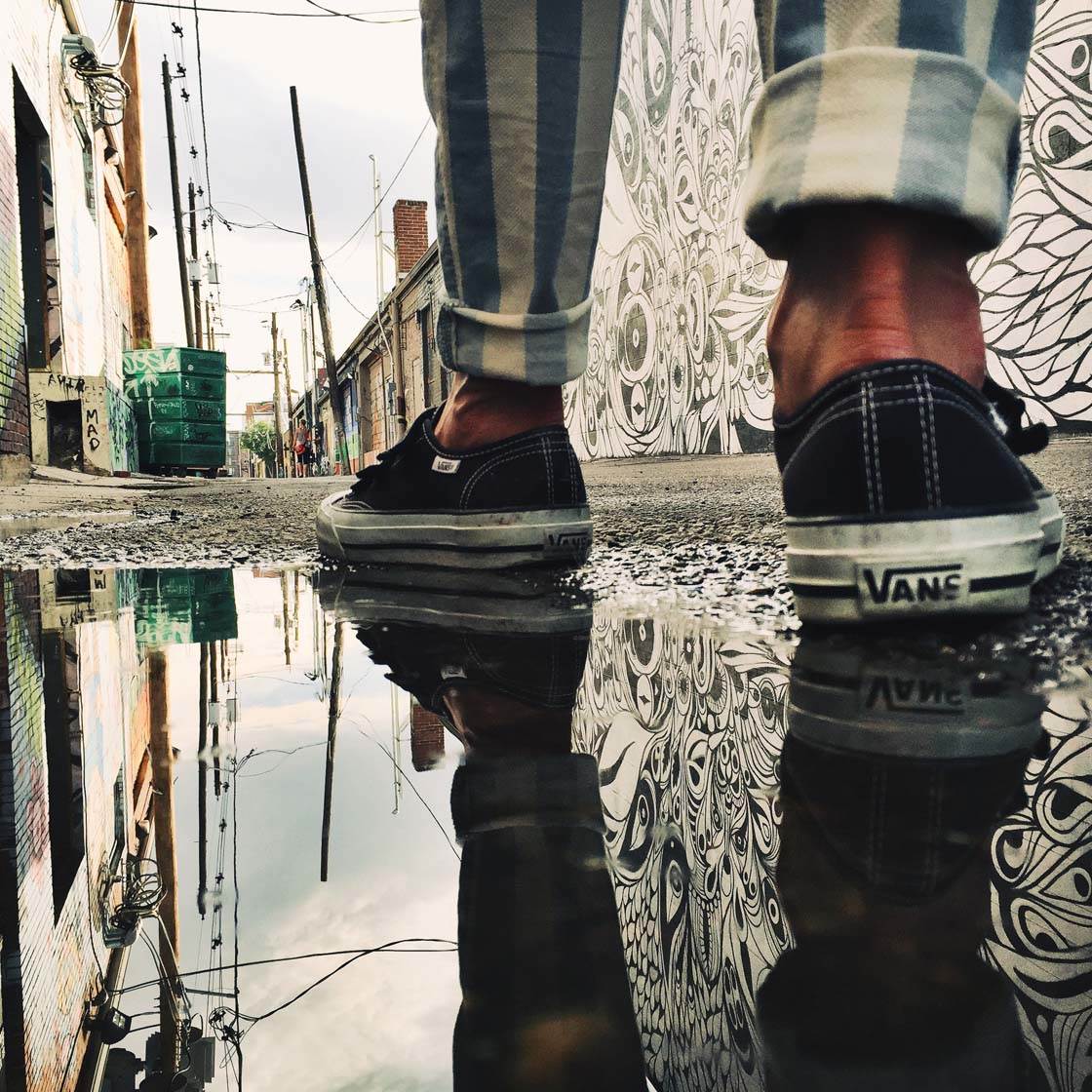
Which iPhone photographers do you admire the most?
@jagamac266, @buzz.shots, @fatiography, @bycetin, @supersangron, @ccphilly, @jenae28, @danamarieku, @s__i__m__e, @hey_ber, @quake18, @colorado_sunshine, @chasread and @kingy_kings.
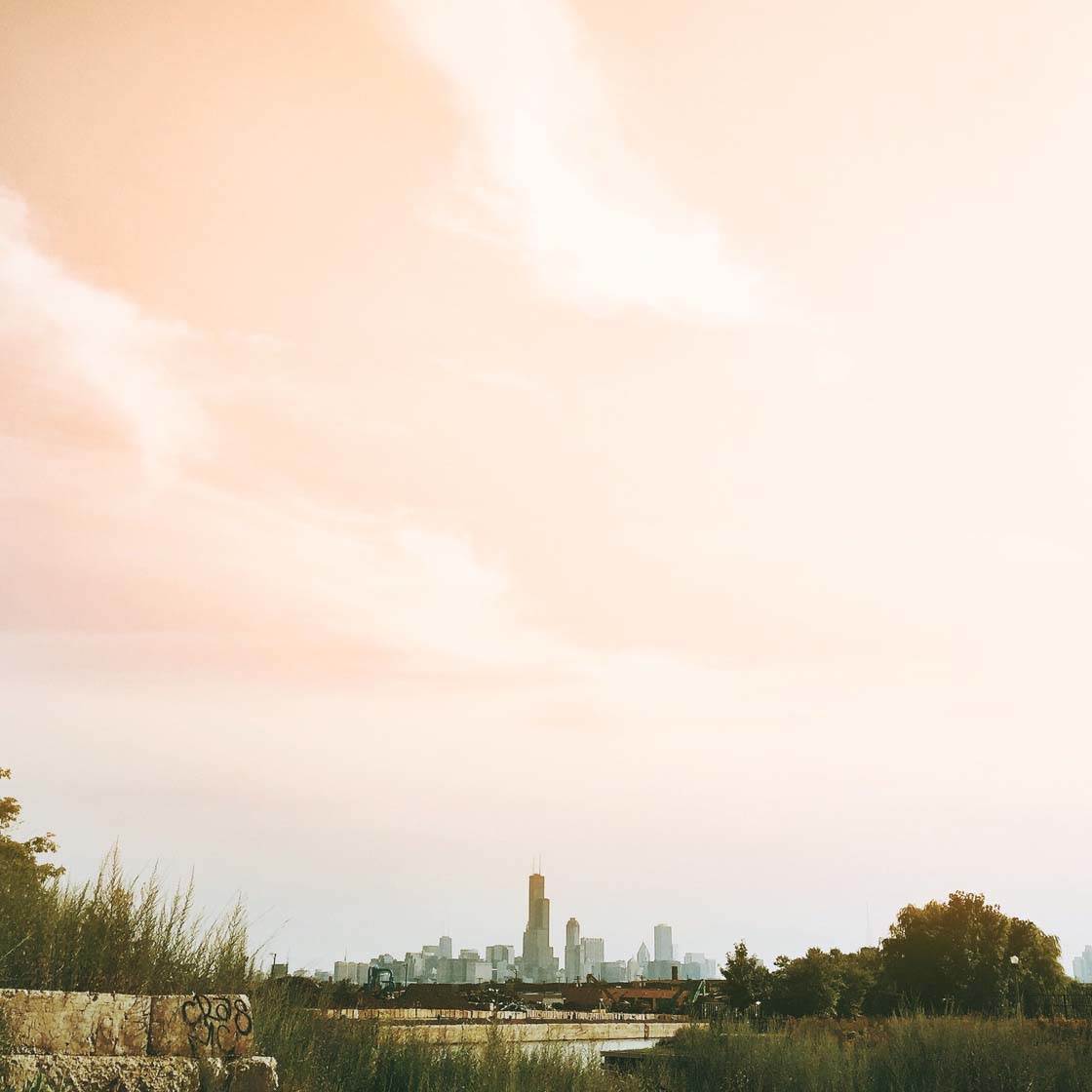
Where can we see your iPhone photography?
On Instagram @this.kitty and EyeEm @thiskitty.
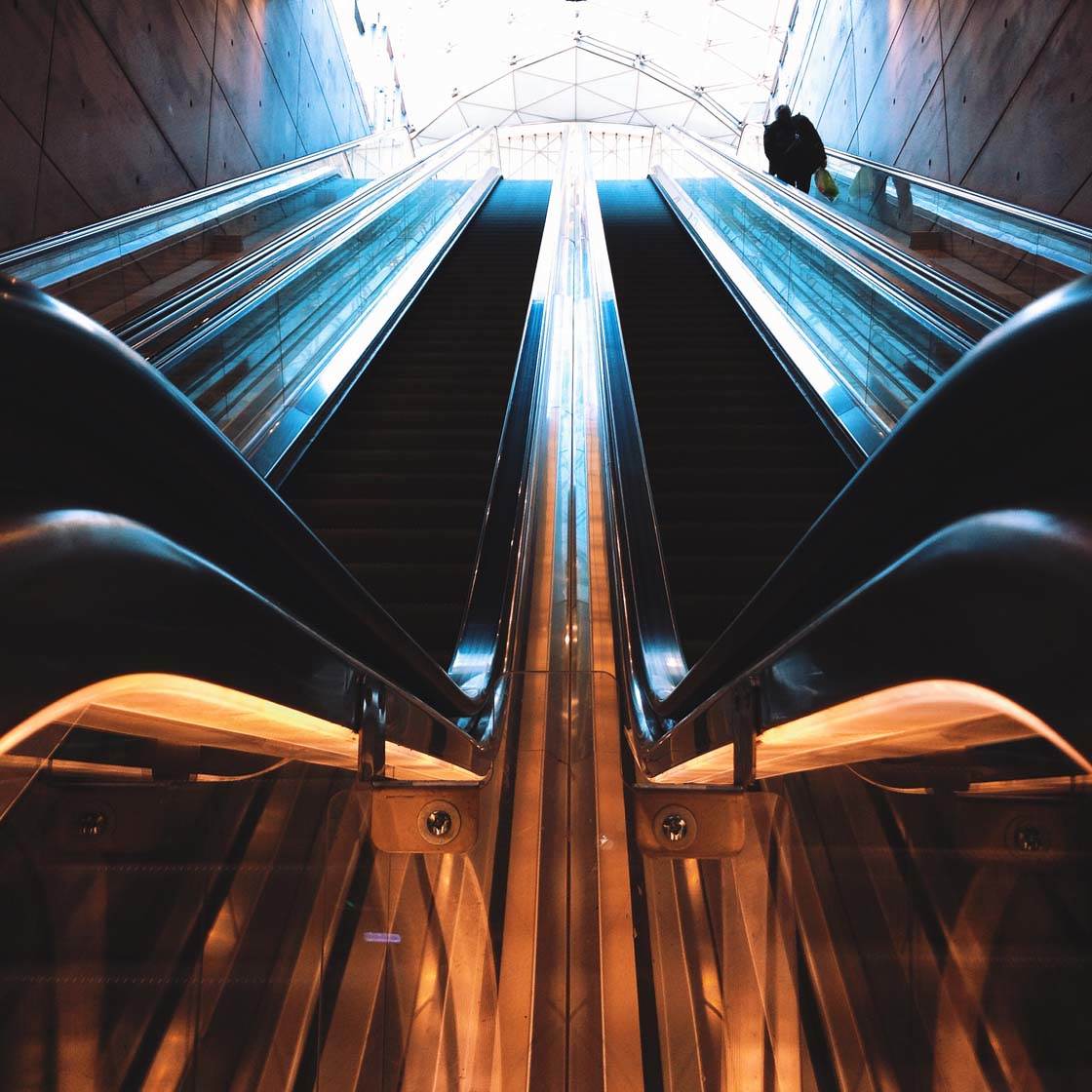

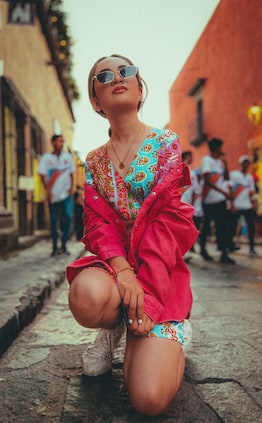
Leave a Reply
You must be logged in to post a comment.